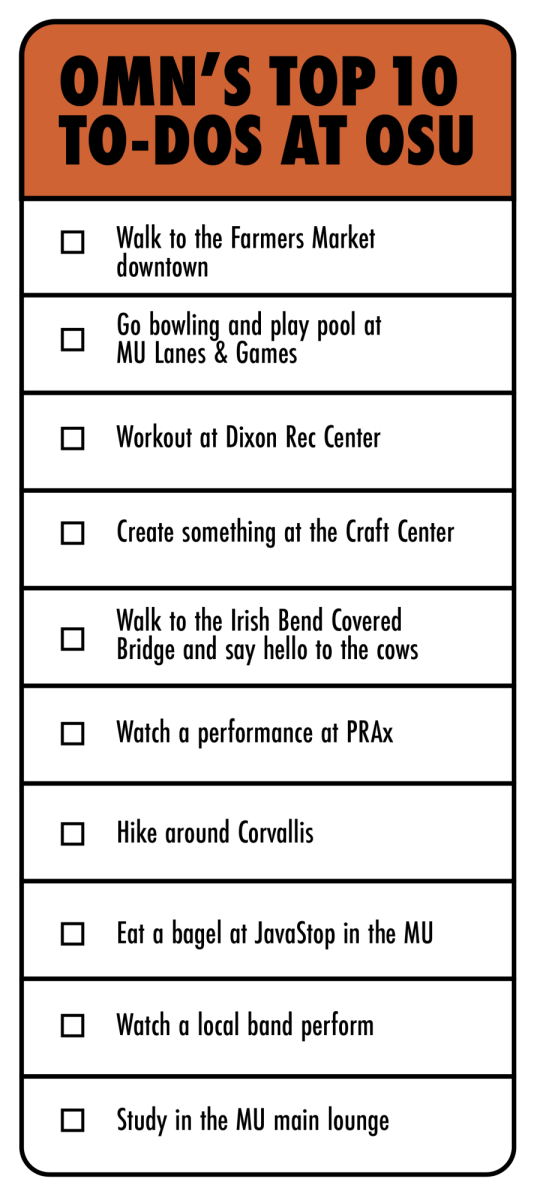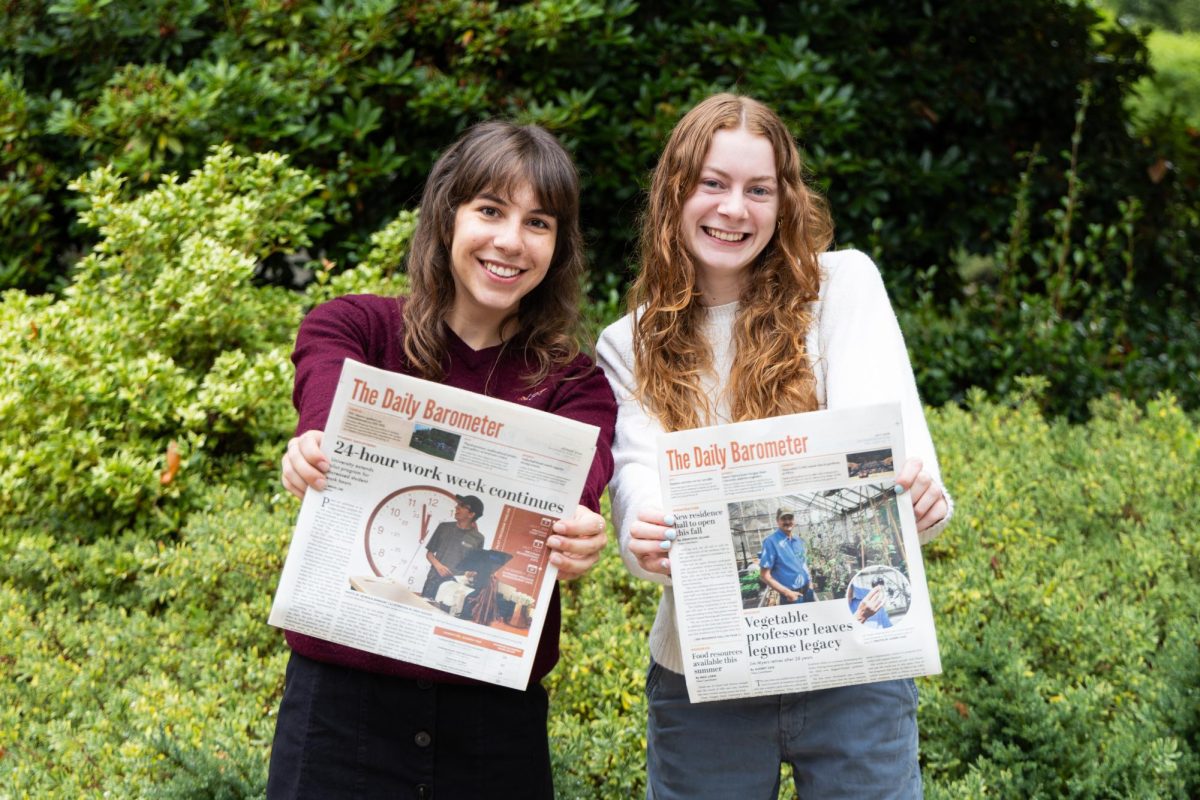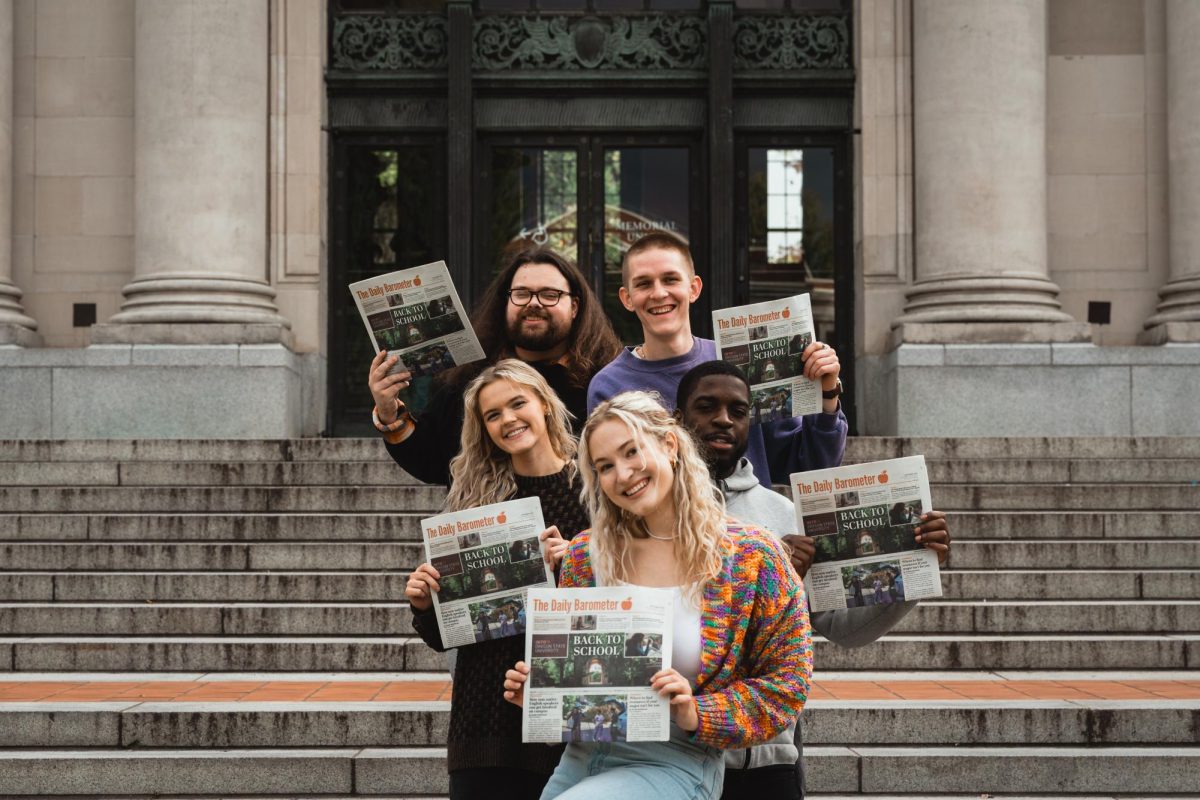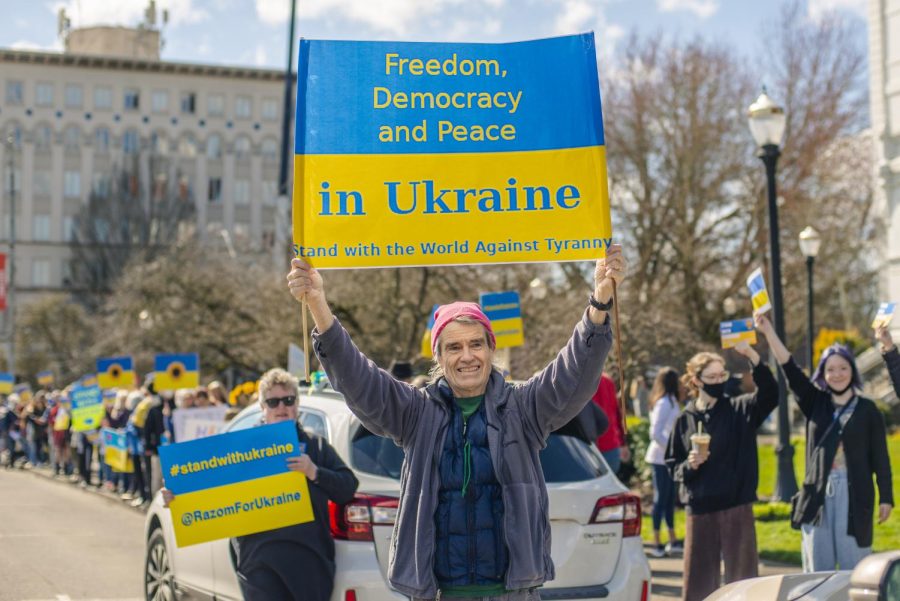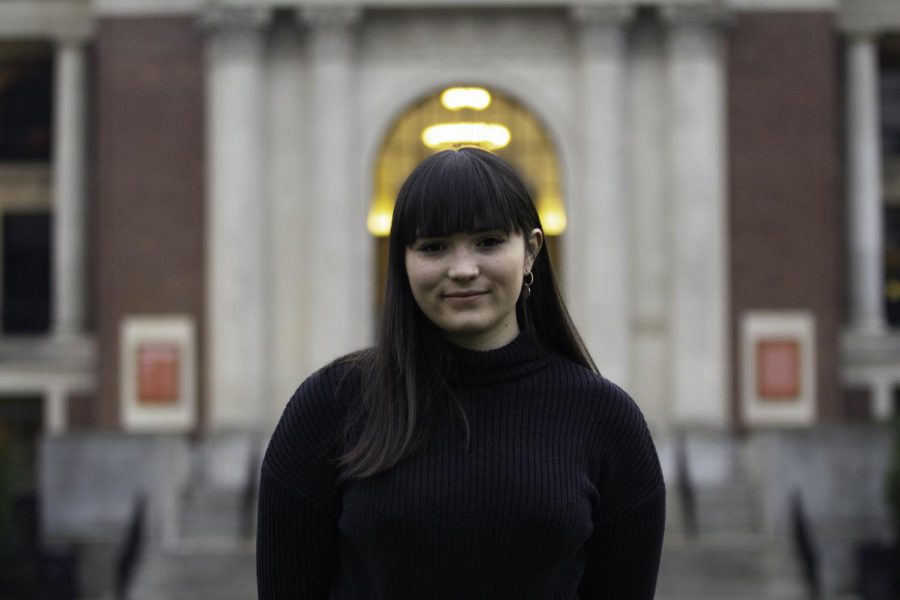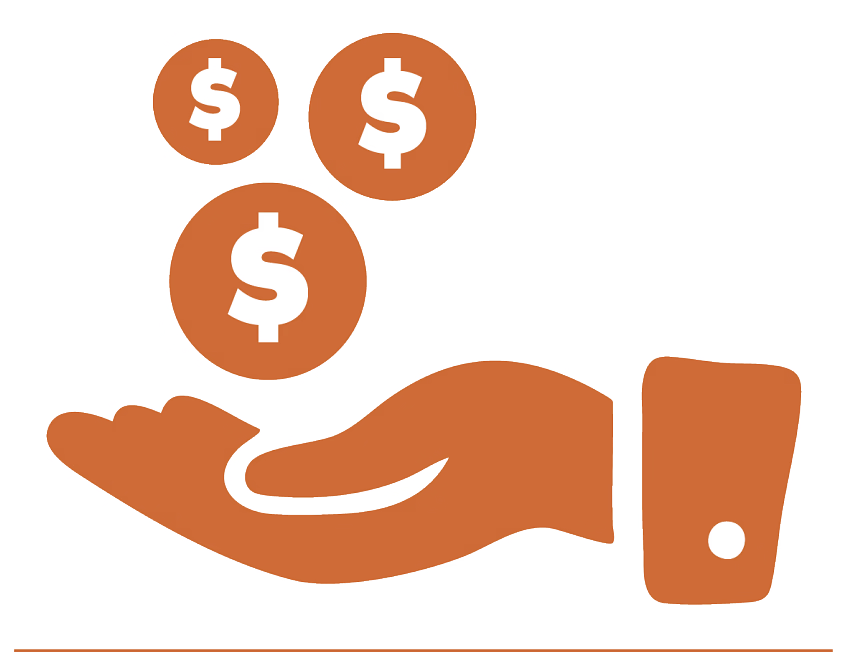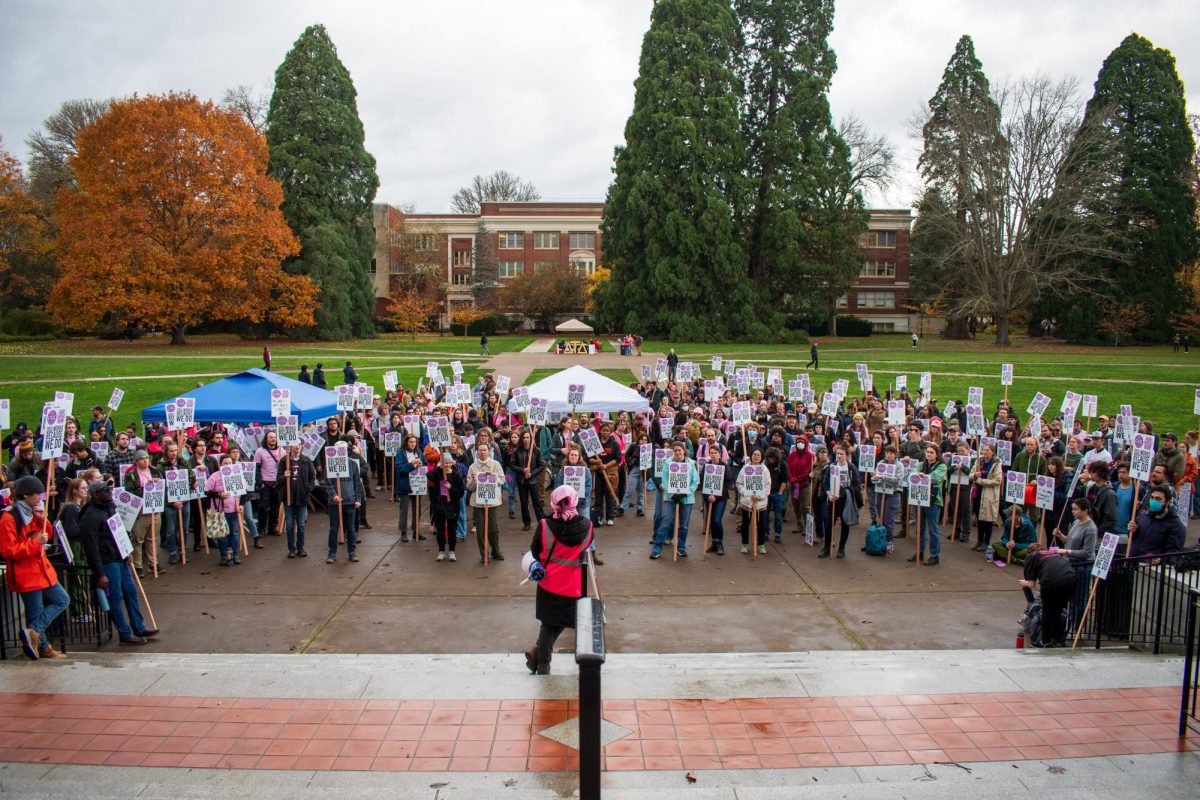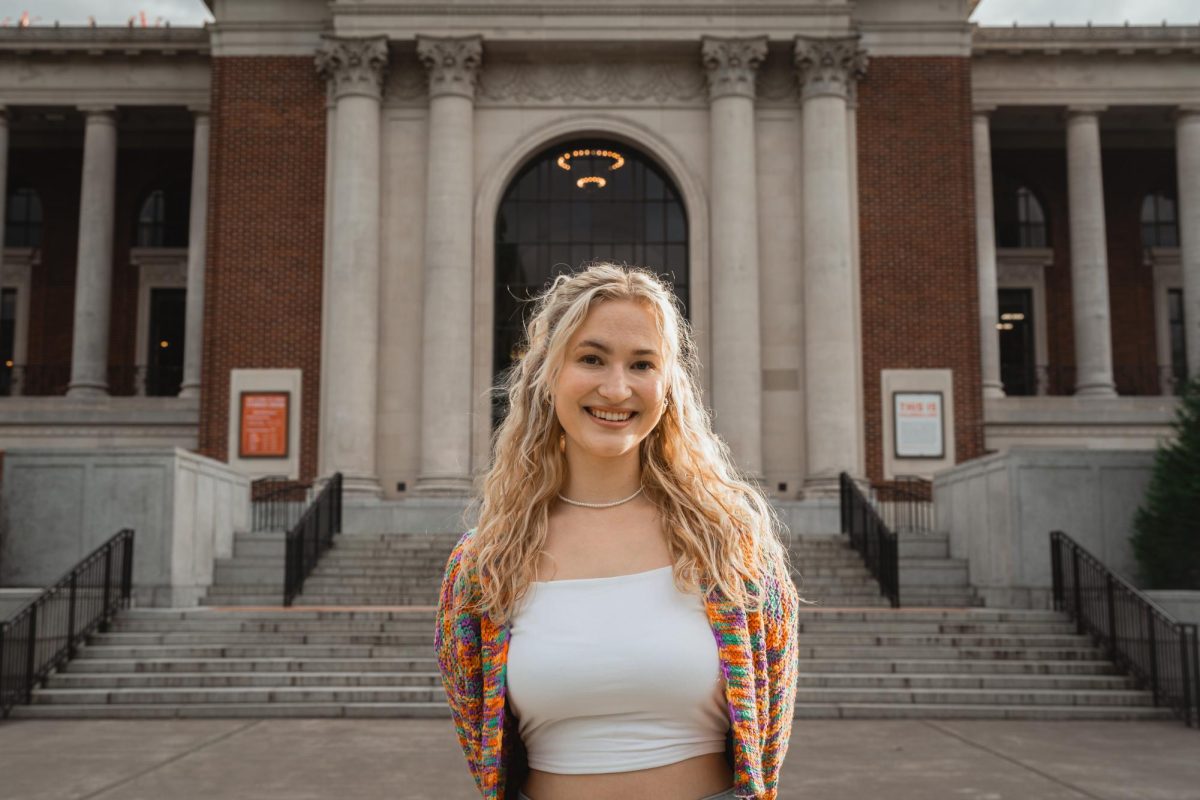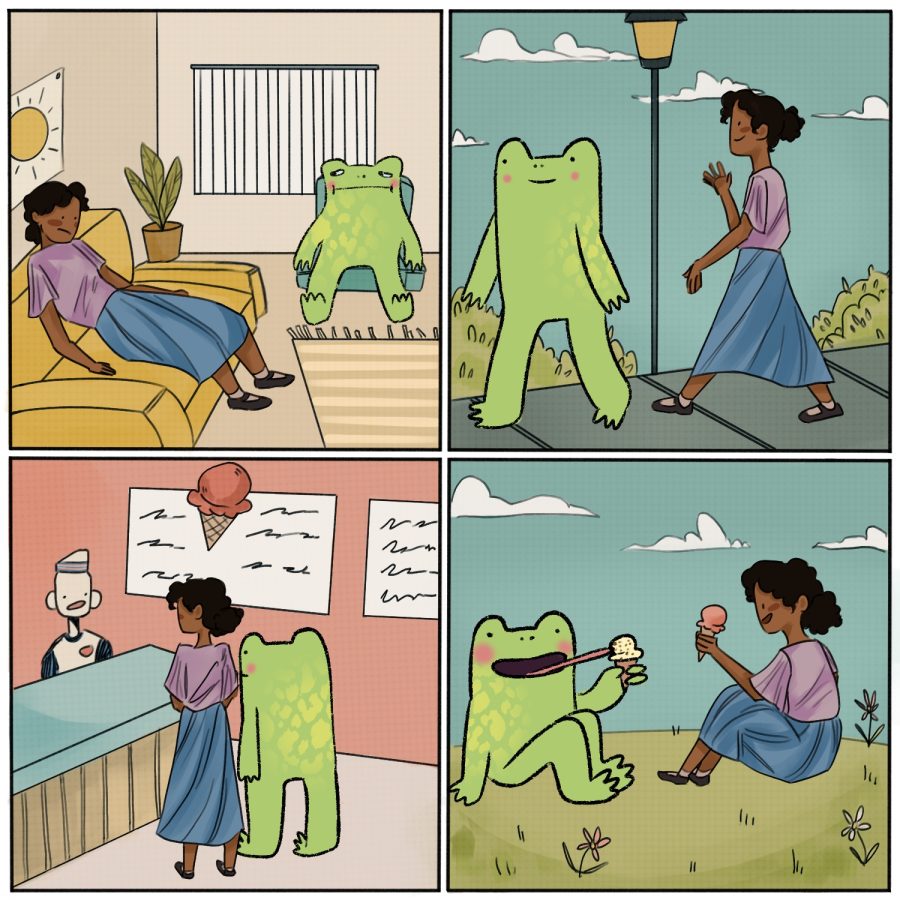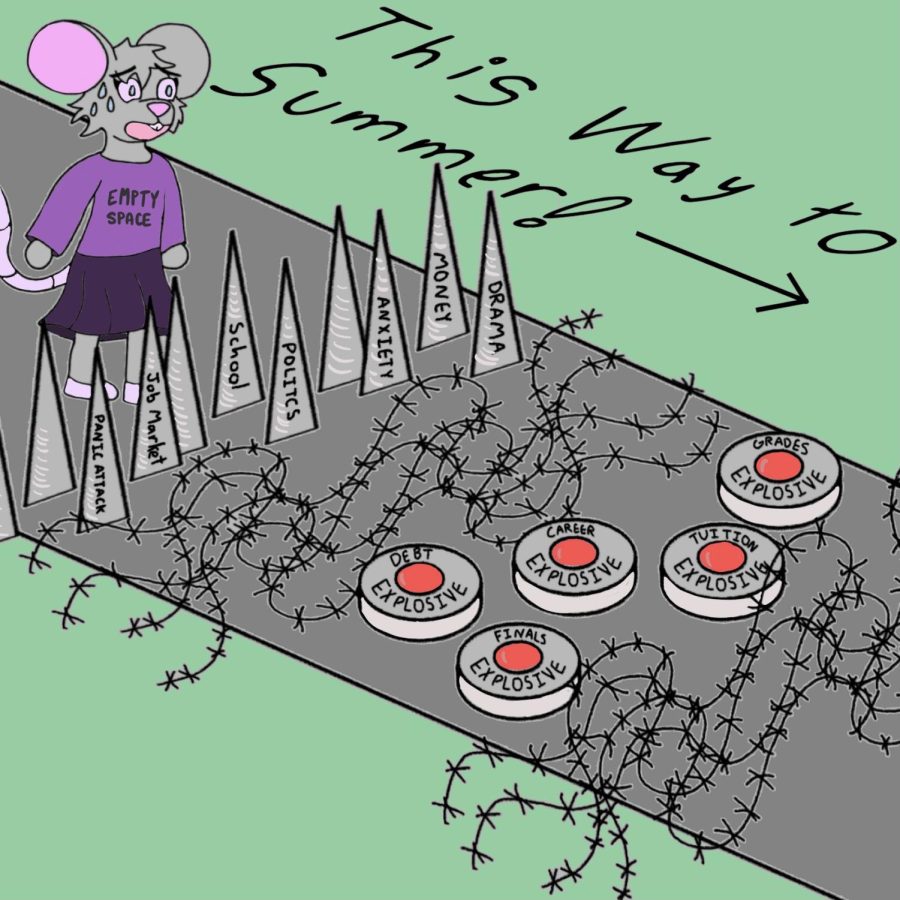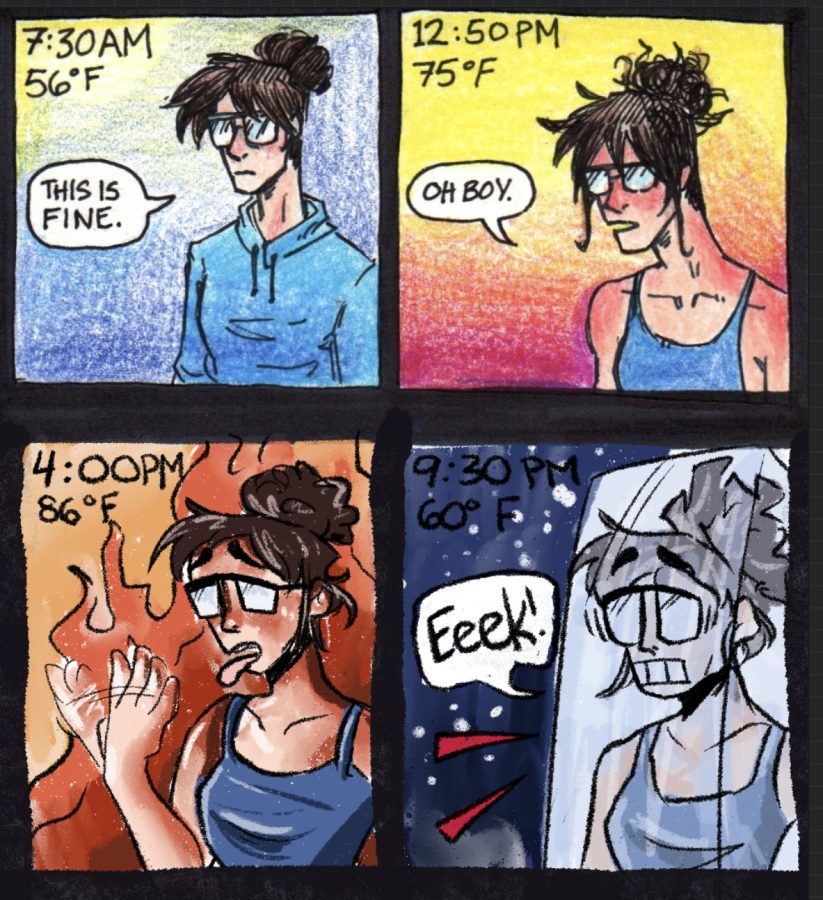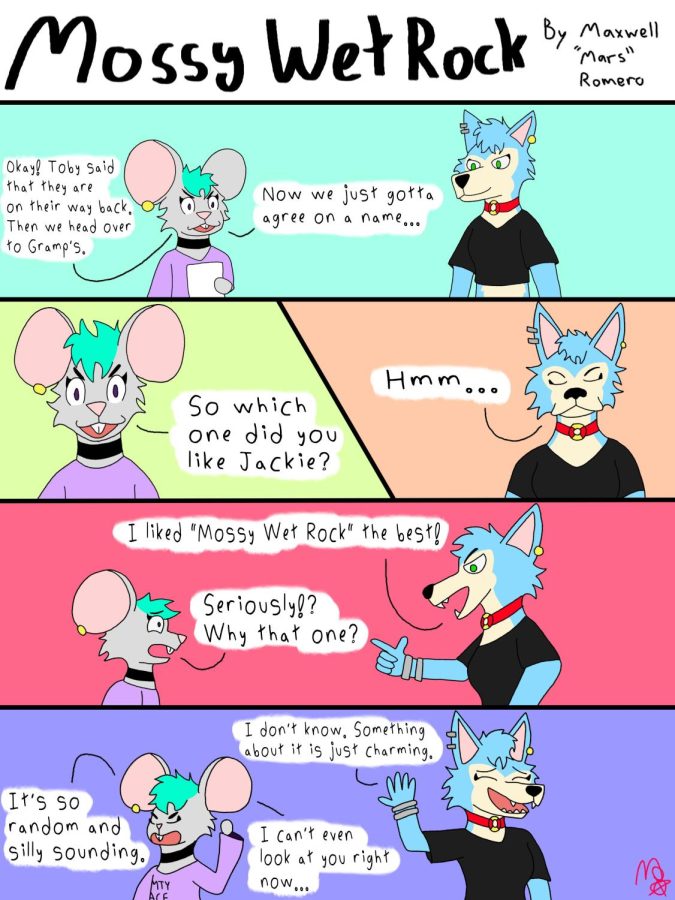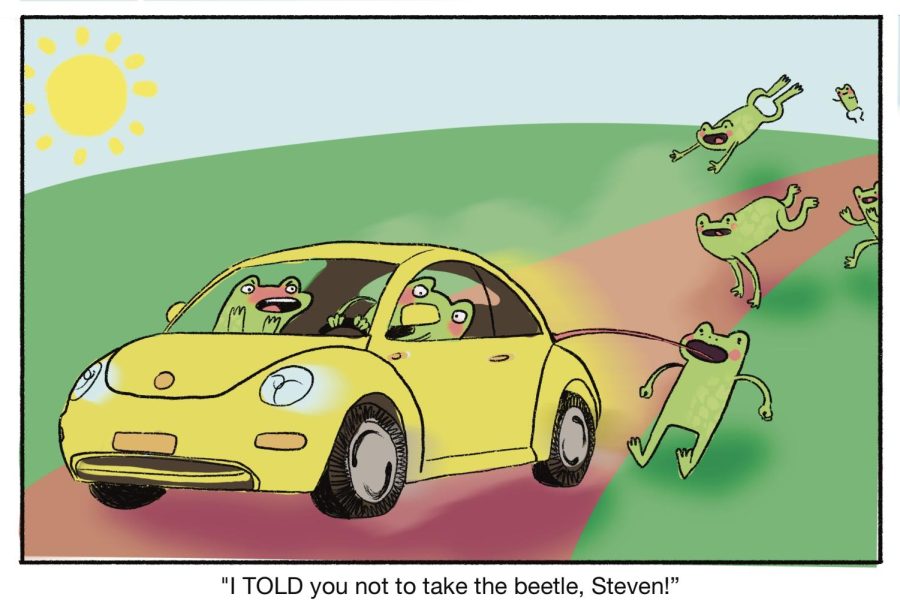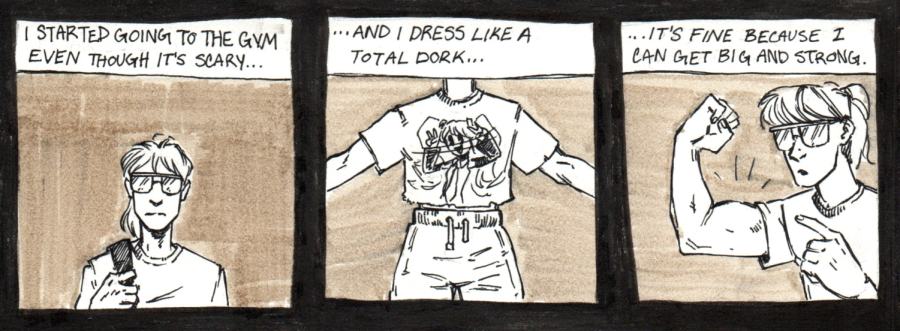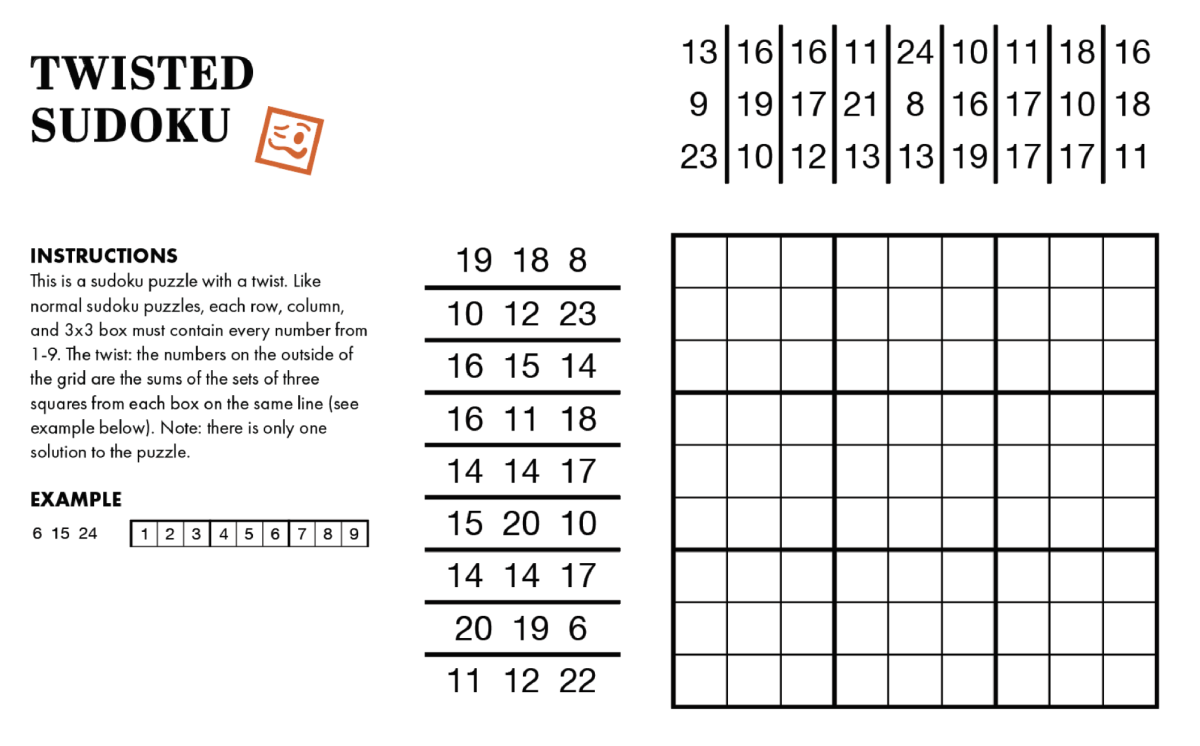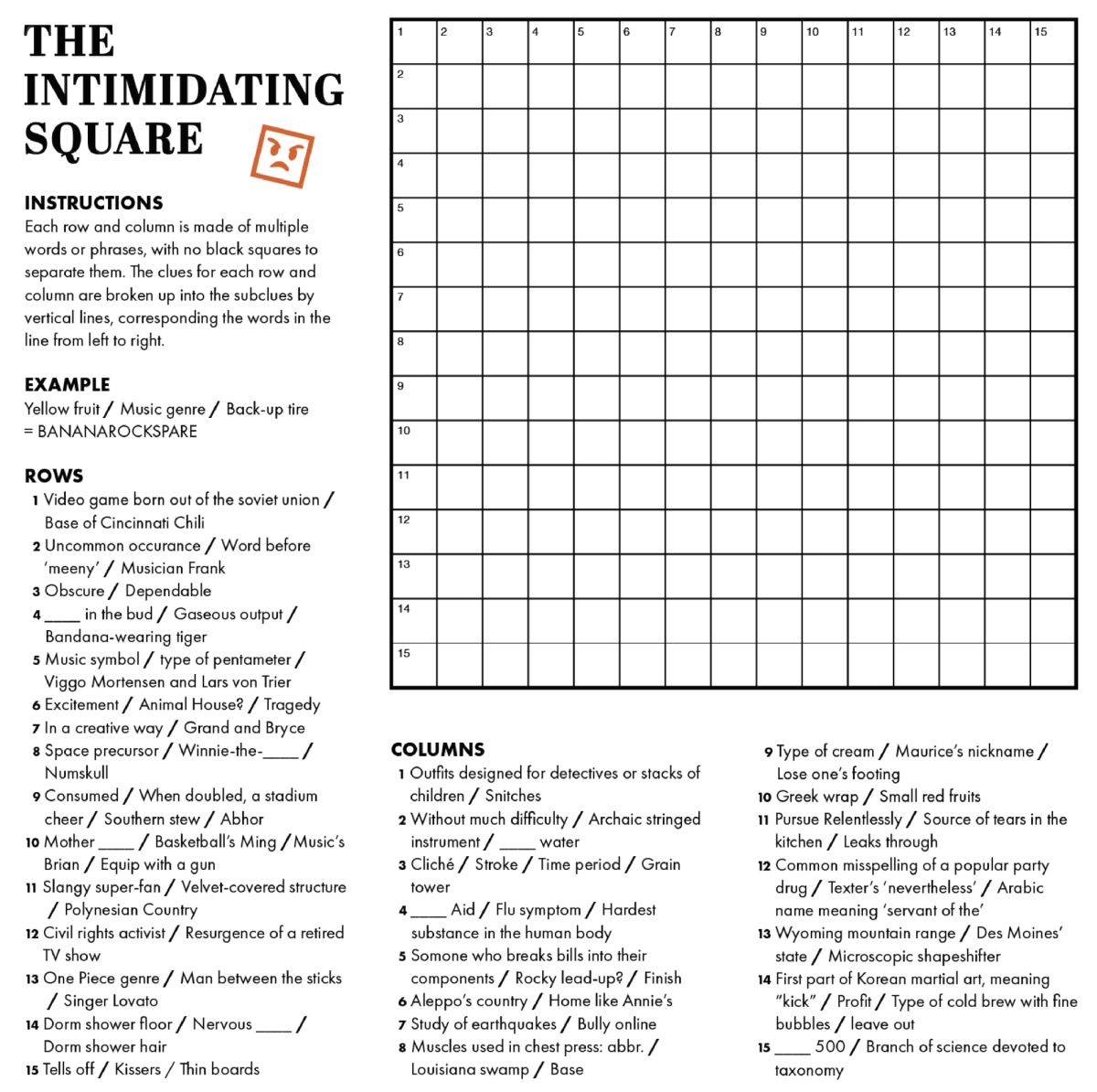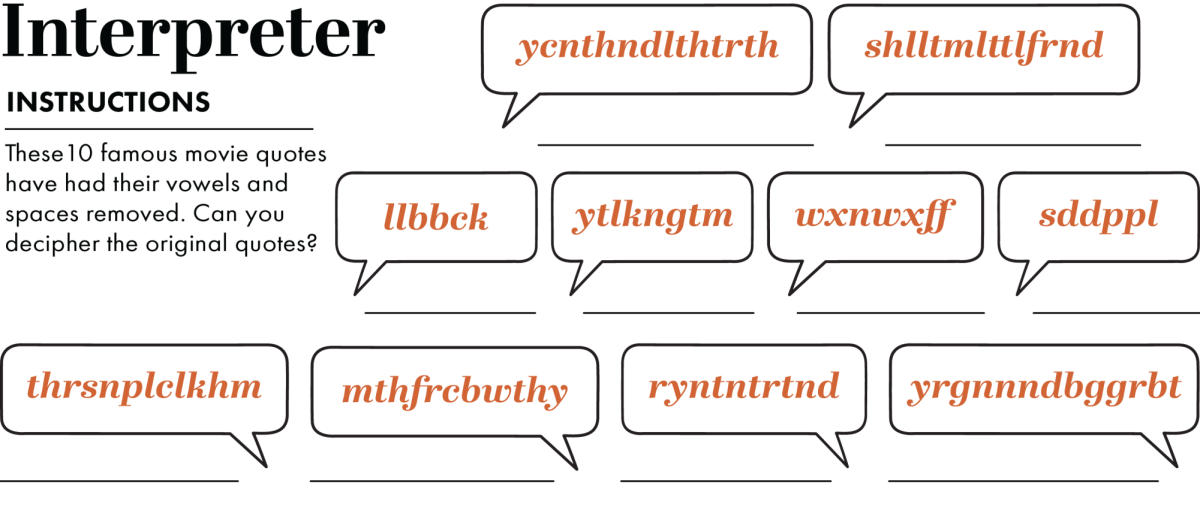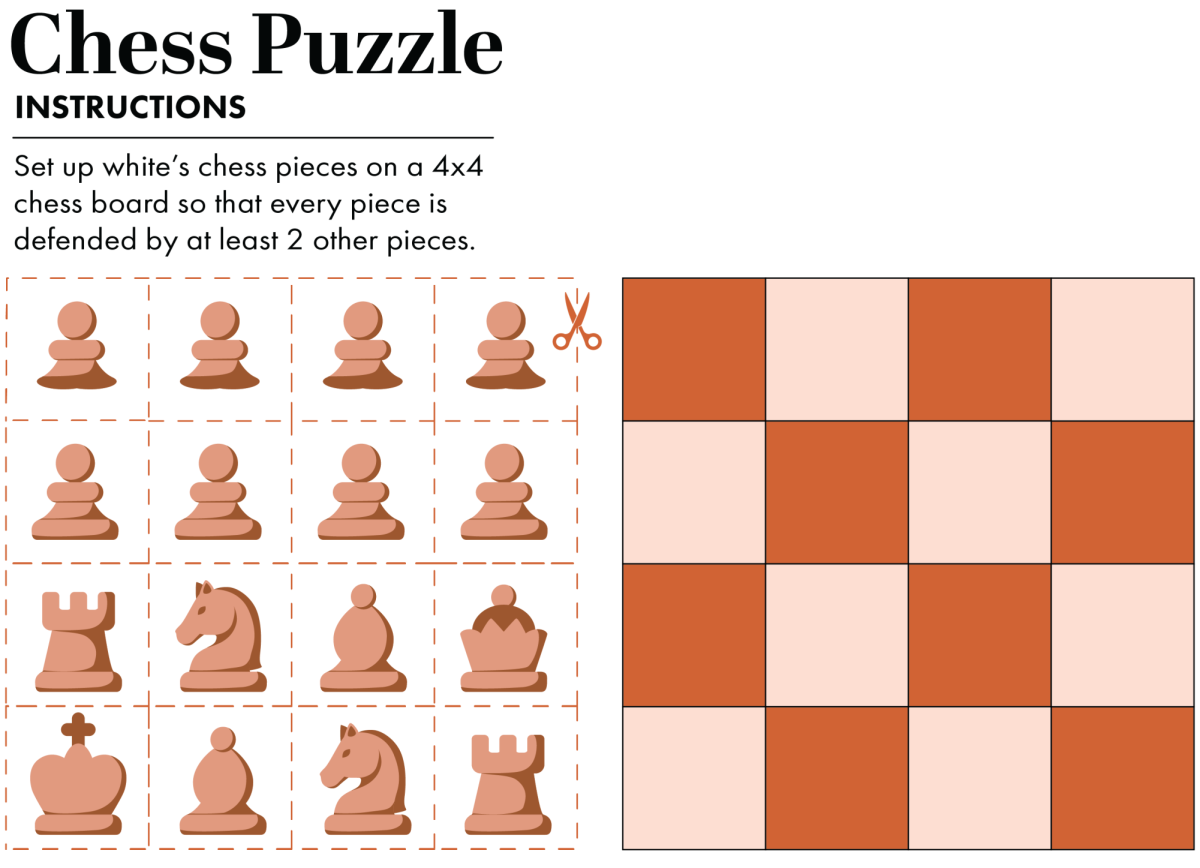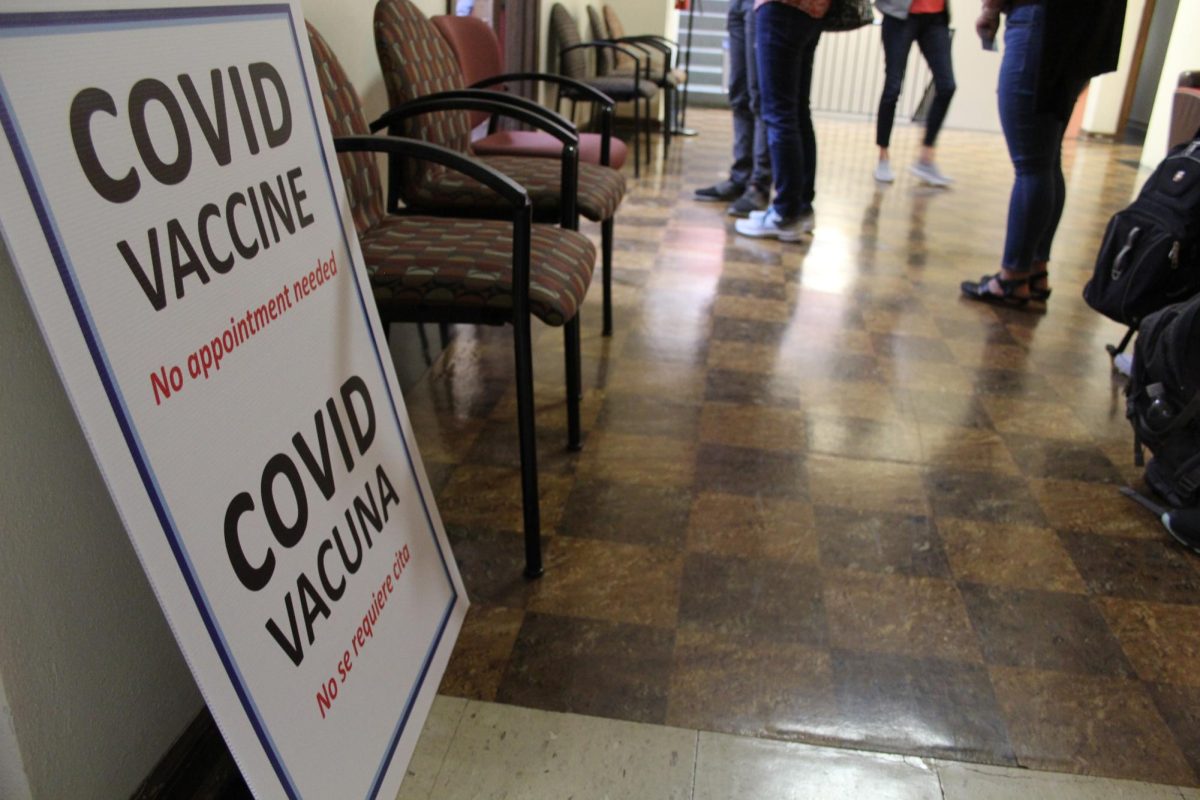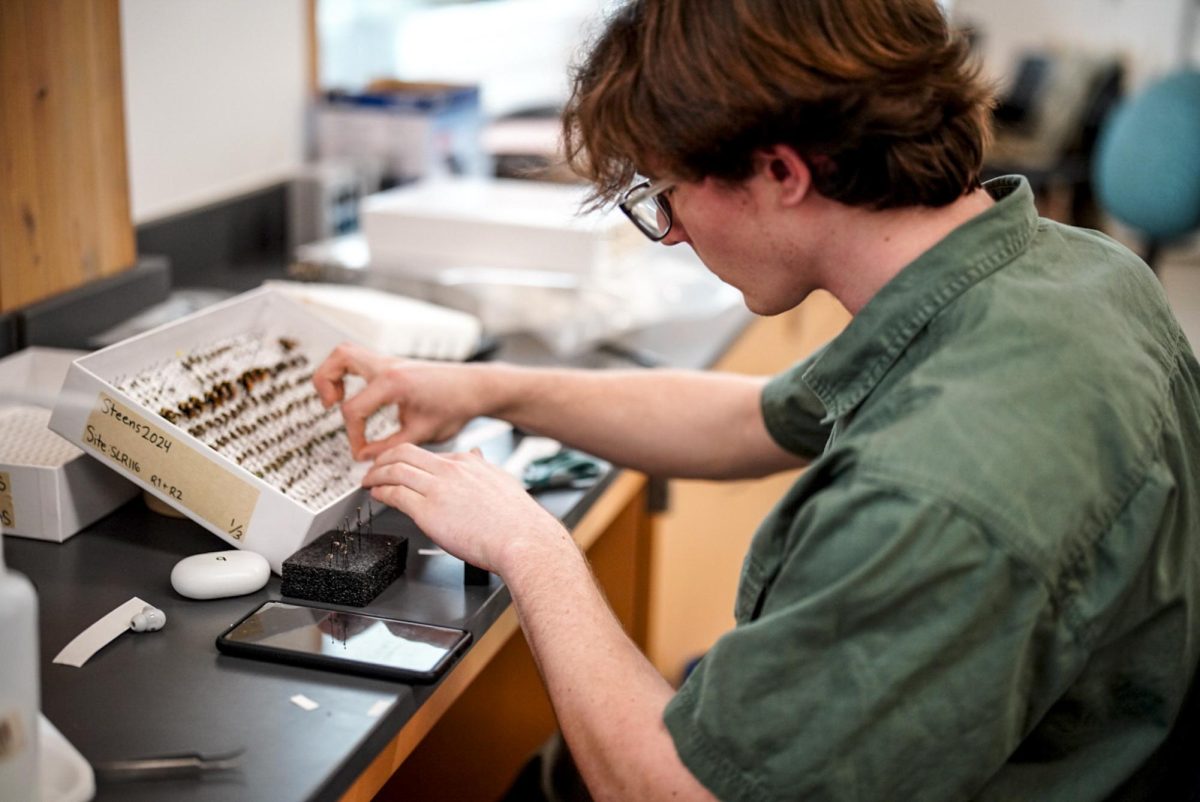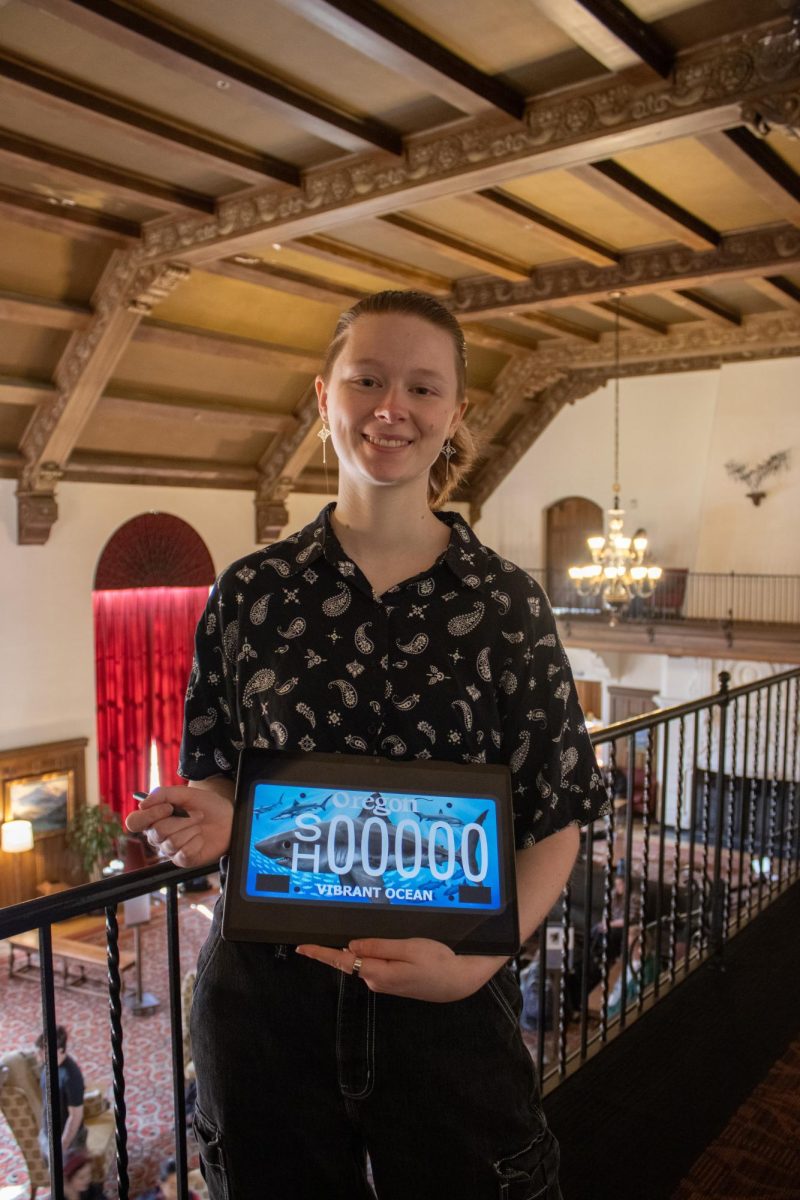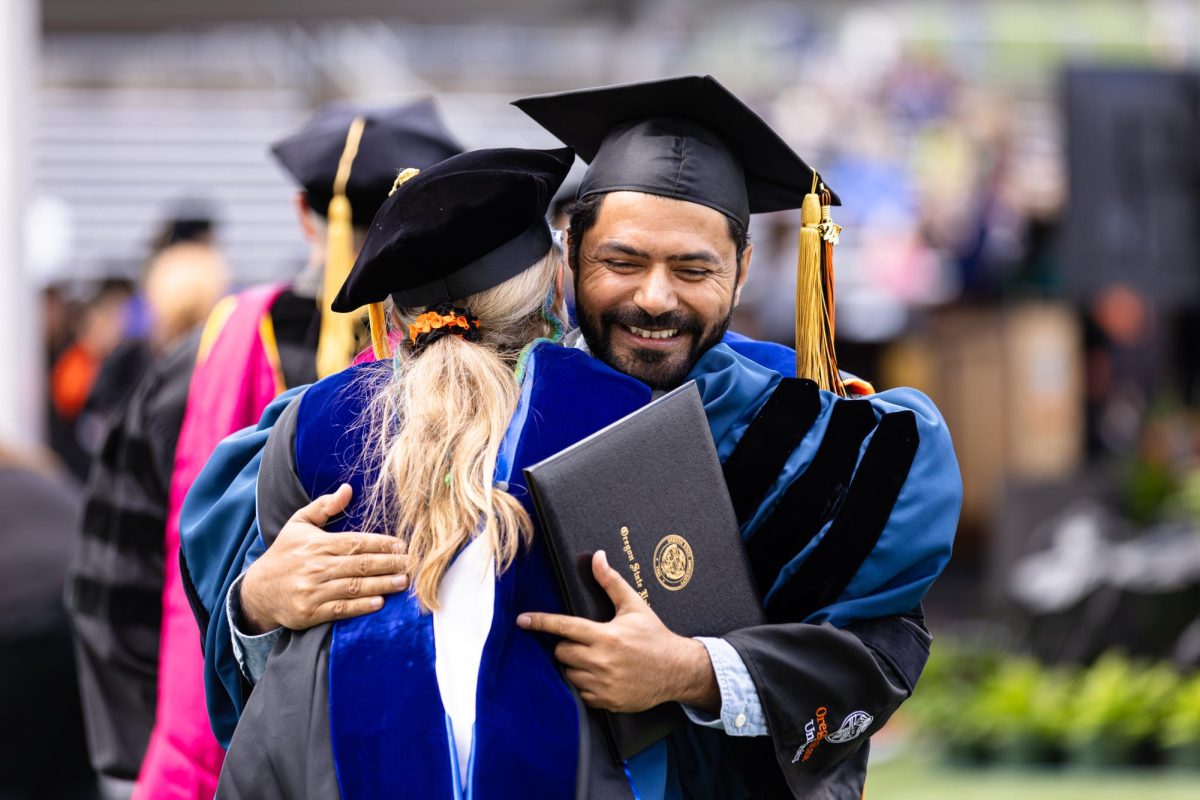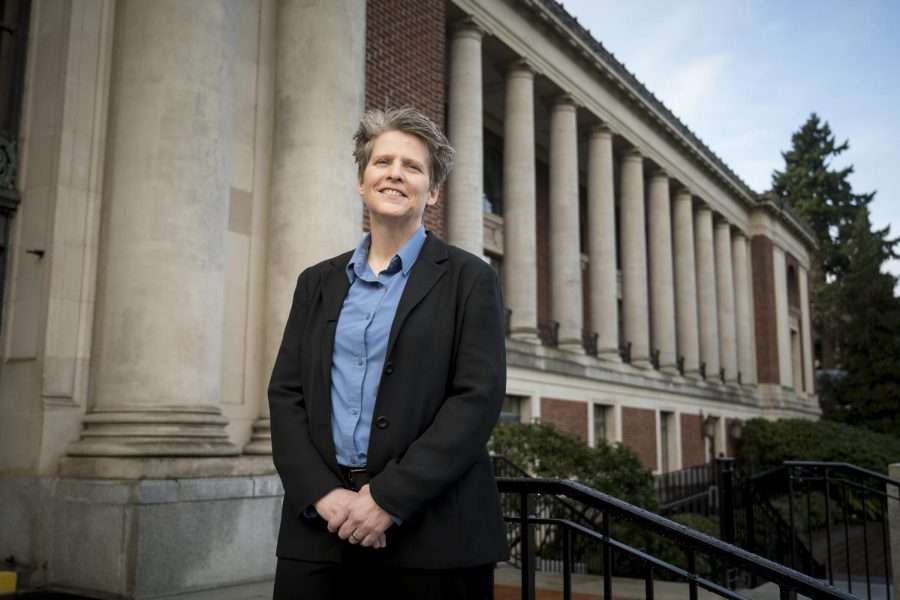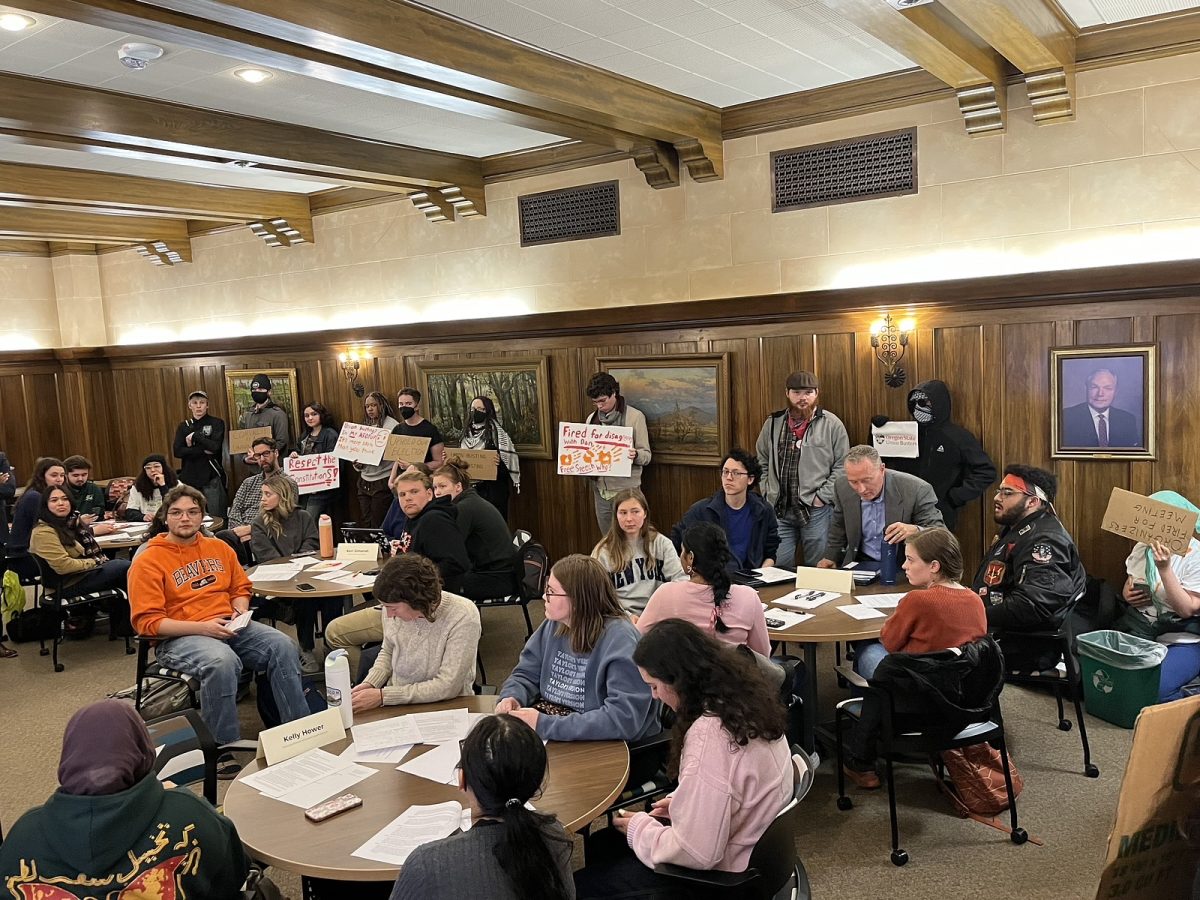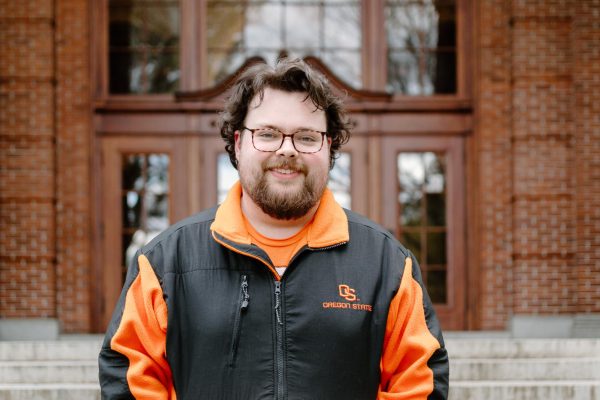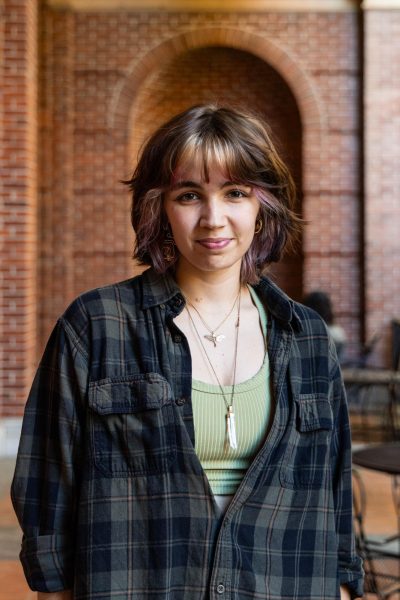For Chunhuei Chi, the first year of the pandemic was a busy one.
He gave over 350 pandemic-related interviews with news outlets, with 200 coming in the first year. The most he did in one day, he said, was five, and that included late-night interviews with international publications.
“It was almost like I was taking an intensive but continuous class of COVID-19 as it continued to evolve,” Chi said.
For Chi, the COVID-19 pandemic brought a wide range of lessons, which he reflected on as the world approaches the five-year anniversary of the disease being declared a pandemic in March of 2020.
“At least for the first one and a half years, those media interviews was like another full-time job for me because most media interviews, the journalists … they always tell me the subject, the questions, the specific questions they wanted to ask me, so I need to prepare,” Chi said. “I need to do my homework.”
Chi’s first full-time job is as a professor in the global health program and health management and policy program at Oregon State University’s College of Public Health.
Chi said he tells his students that once an interview is published, it becomes “a permanent public record” and described the process as being “almost like an oral exam each time.”
“One of the toughest interviews I did, I spent more than 12 hours studying that subject,” he said about an interview with a publication aimed at doctors and researchers. “That was in the early days, 2021, about vaccines.”
Chi was invited last year to a conference on COVID-19 at the Pontifical Academy of Science.
The PAS, located in Vatican City, is the world’s only supranational science academy, according to its website. The academy is overseen by 80 academicians, all appointed for life by the Pope.
Chi said the academy functions both to generate knowledge for the international community and to act as advisors to the Pope.
At the conference, Chi gave a talk on challenges faced by pandemic control methods and contributed to the conference’s final statement.
“The final statement was a collective work of around 20 scholars, most of them are among the top scholars in their field,” he said.
The contributions Chi said he made to the final statement included the importance of global cooperation in fighting pandemics, as well as the need for measures to prevent them in the future.
“I was interviewed by both US-based and international media on the same subject of the pandemic more than 350 times … I was the lone voice making the argument that this pandemic could have been prevented,” Chi said.
Chi said he believes the contagious nature of COVID-19 was not disclosed by officials until it had become too late to stop. He added that he thought an independent investigator — in this case, the World Health Organization — should have begun looking into the disease earlier.
While attempts have been made to strengthen international preparedness for a future pandemic, Chi said these efforts have a weak spot.
“No amount of international regulation or pressure can prevent another pandemic if a powerful nation decided to ignore it,” Chi said. “In order to prevent another pandemic, countries need to collaborate with willing partners … to share information.”
In the US, federal health agencies have faced challenges sharing information in recent weeks, as a “looming crisis” of bird flu and measles remains an issue.
In late January, the Trump administration put a freeze on communications from federal health agencies, according to the Associated Press. One of these publications is the US Center for Disease Control’s Morbidity and Mortality Weekly Report, a publication Chi called “one of the most vital” pieces of information when it comes to monitoring emerging diseases.
While these publications have since resumed, with new issues available on the CDC’s website, Chi noted that the freeze marked the first disruption in the journal’s more than half-century-long history.
“When I was an undergraduate student in Taiwan, we learned about the importance of (the MMWR),” Chi said. “That report is not only used by health agencies across the US, but many other countries also trust that information.”
COVID-19 also highlighted major issues with US public health infrastructure, ones which could make a future pandemic worse.
“(The pandemic) exposed the weakness of our public health infrastructure, which suffered chronic and long-term underinvestment,” Chi said. “Unfortunately, the situation is getting worse.”
Federal budget cuts to healthcare, alongside a loss of healthcare workers to burnout during the pandemic, both threaten to weaken the healthcare system, according to Chi.
Budget cuts at the federal level would have effects elsewhere, too, as federal funding goes toward state and county-level programs. According to Chi, most states can’t afford to respond to major disease outbreaks, either.
While COVID-19 is not expected to disappear, experts are less concerned about it today.
The current variant of the virus that causes COVID-19, the Omicron variant, is much more contagious than past variants, but in most patients, it causes far less severe symptoms, according to Chi.
“Right now, we treat it just like influenza,” Chi said.
Chi said that much has been learned about COVID-19 and the virus that causes it since 2020, and that effective treatments have been developed. In Oregon, just 3% of COVID-19 tests came back positive in the week of Feb. 8, and rates have been under 3% all year, according to data from the Oregon Health Authority.
“The last time we had such a low rate was in May 2020,” Chi said. “At that time we were in lockdown.”
According to Chi, between 10% and 20% of people believe their life will never be the same after COVID-19, including a few of his friends.
“Even though the pandemic has long ended they still will not go to restaurants, they still will not meet anyone indoors, so the only way I can meet with my friends is outdoors,” Chi said.
Chi said he expects immunocompromised people will be much more cautious in the future.
However, Chi said he thinks an even greater number of people who aren’t immunocompromised will still feel mental effects.
“At the same time … one study indicates 13% of Americans still think the whole pandemic was fake news,” Chi said.

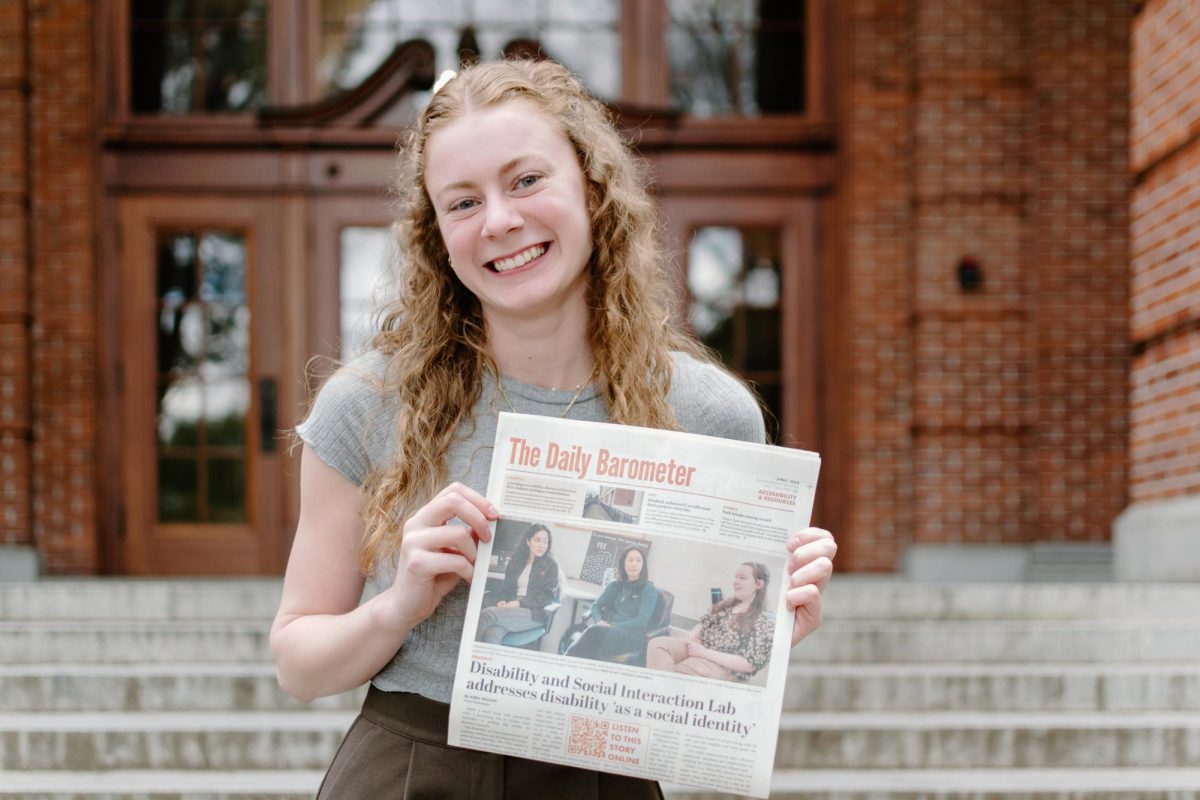
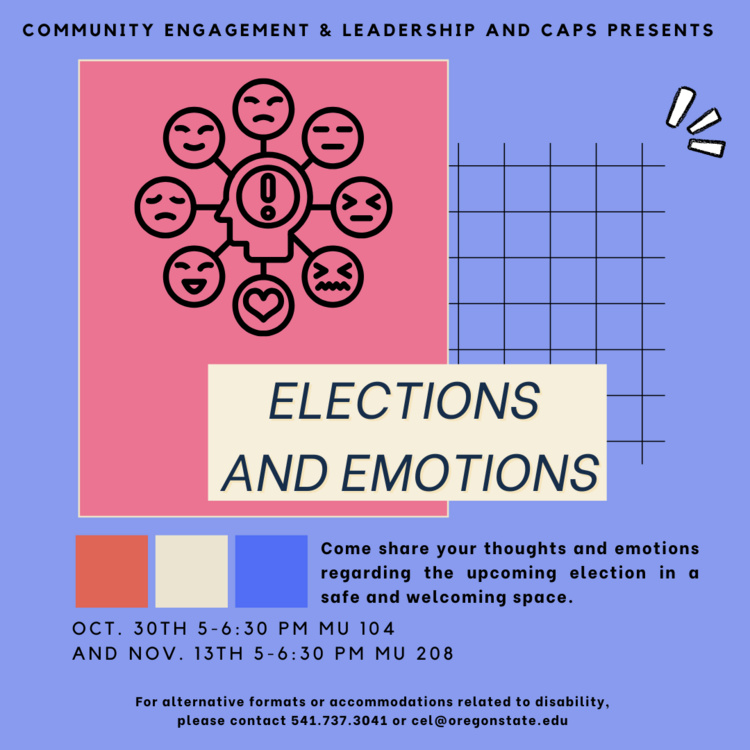
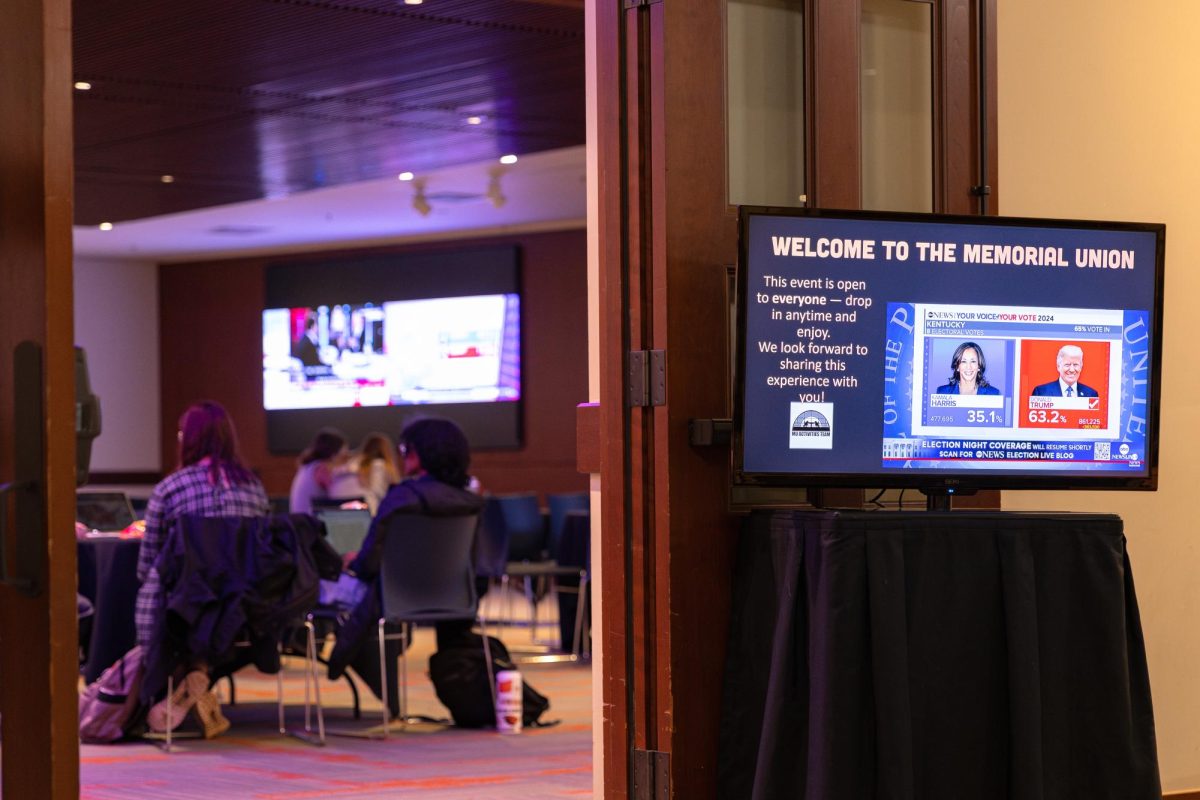
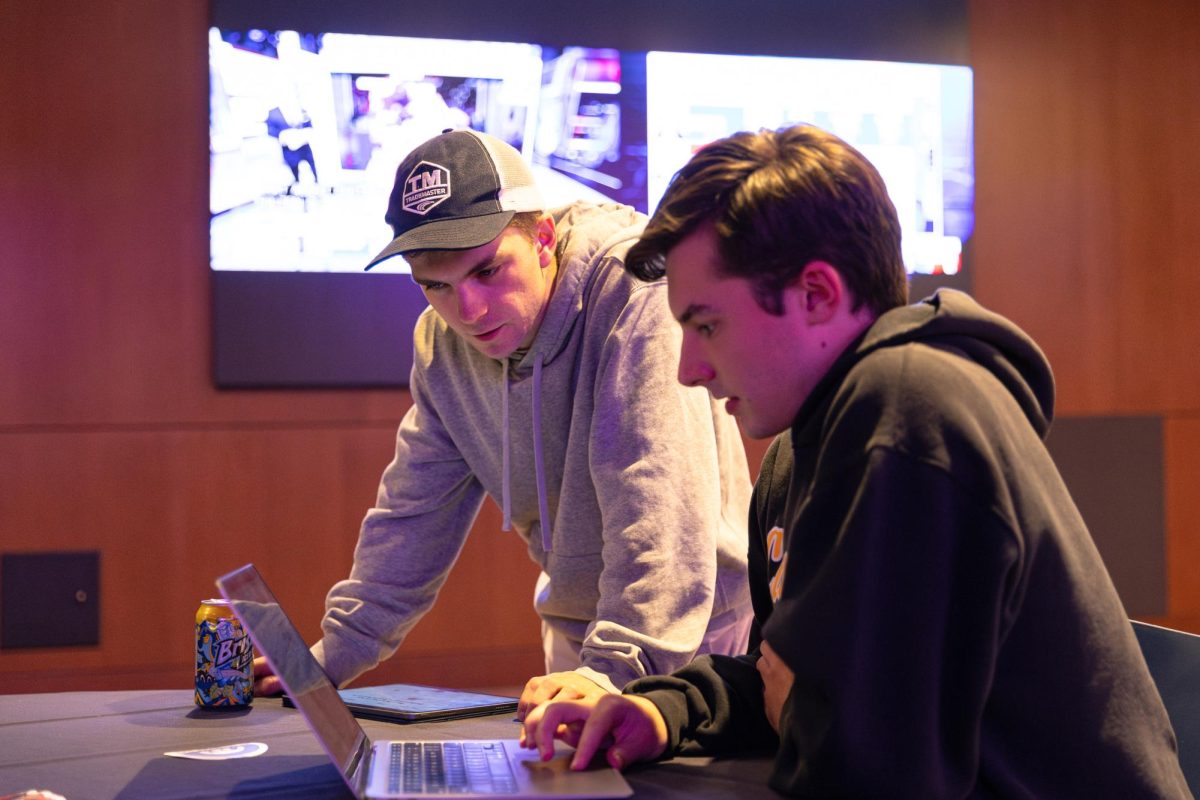
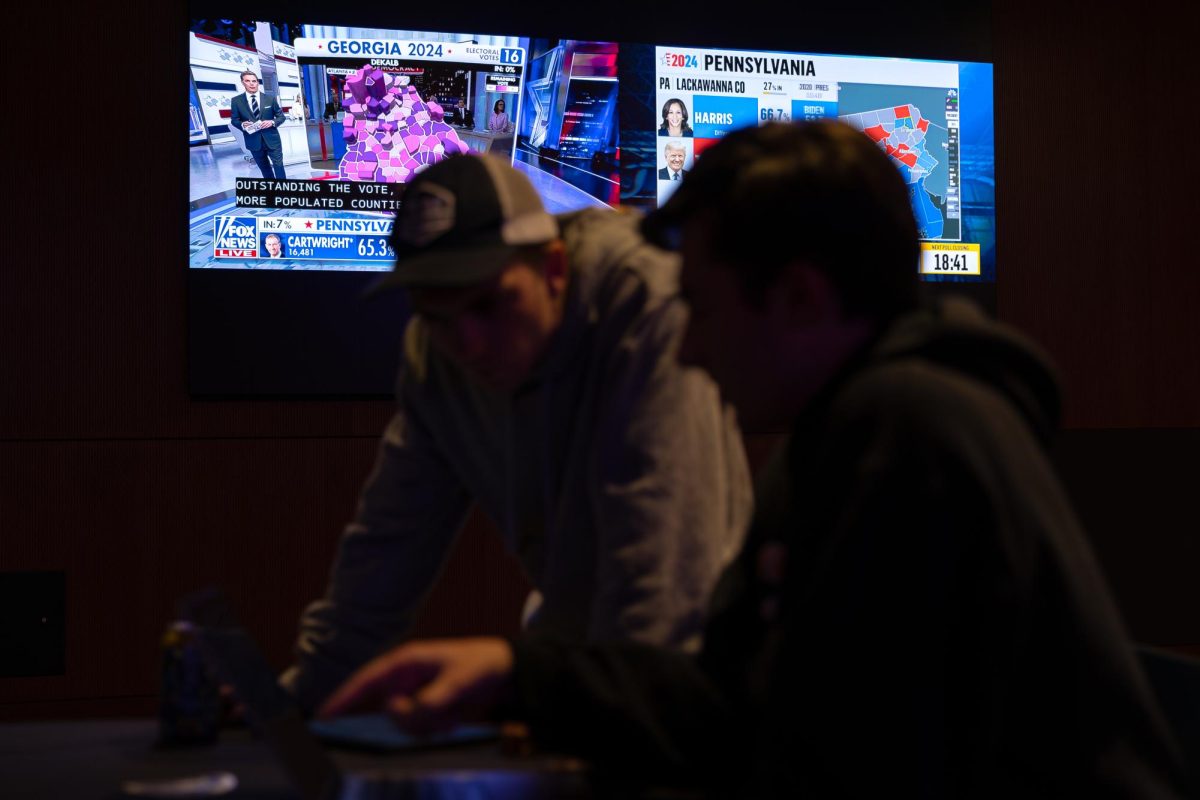
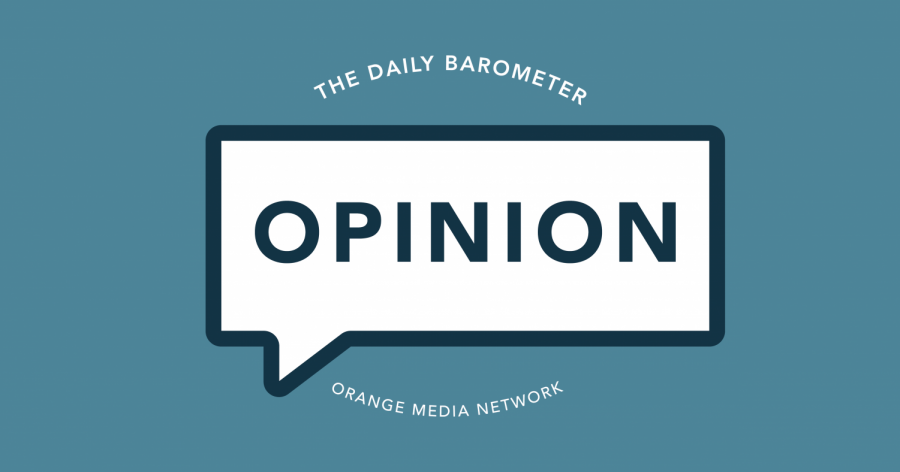
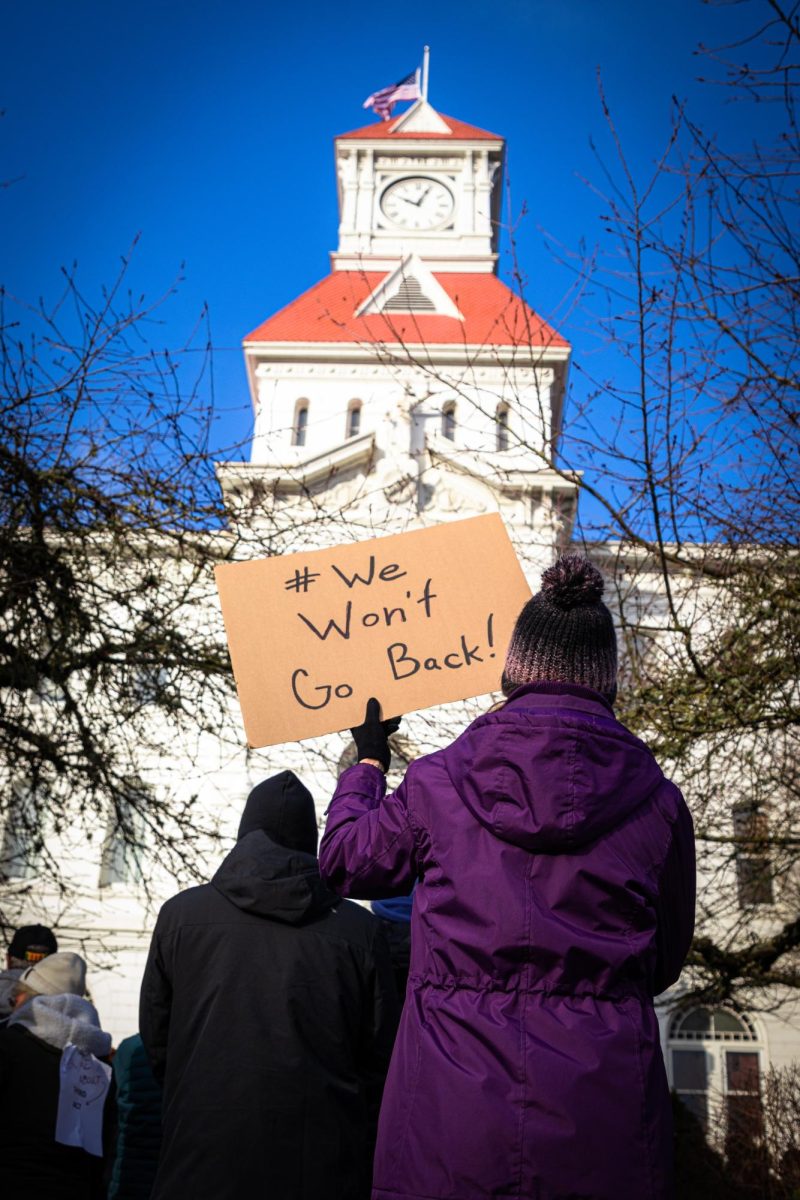
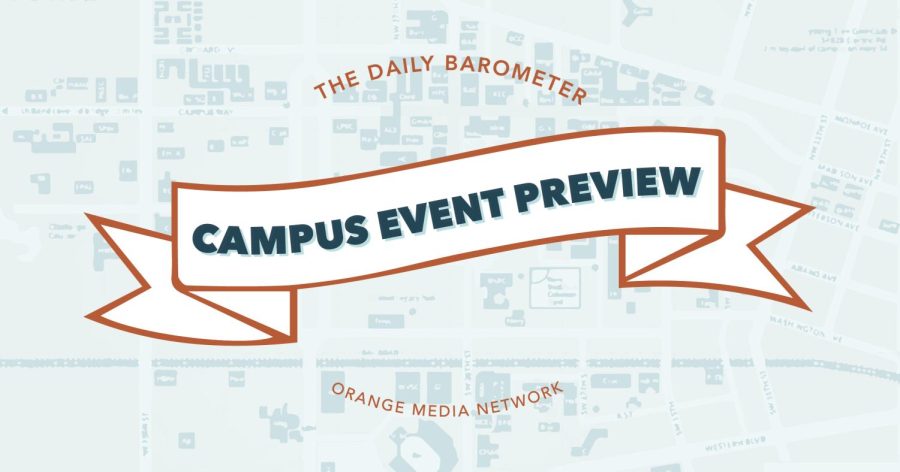
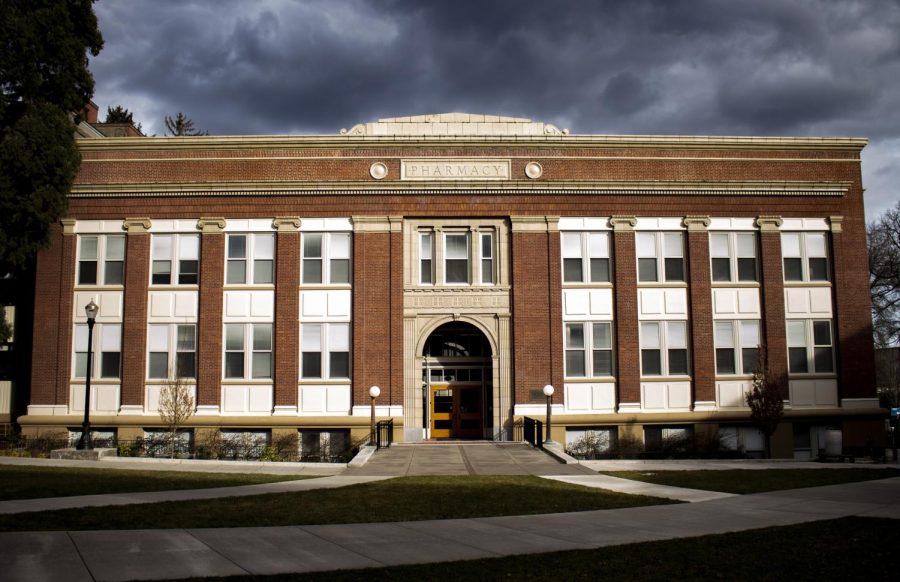
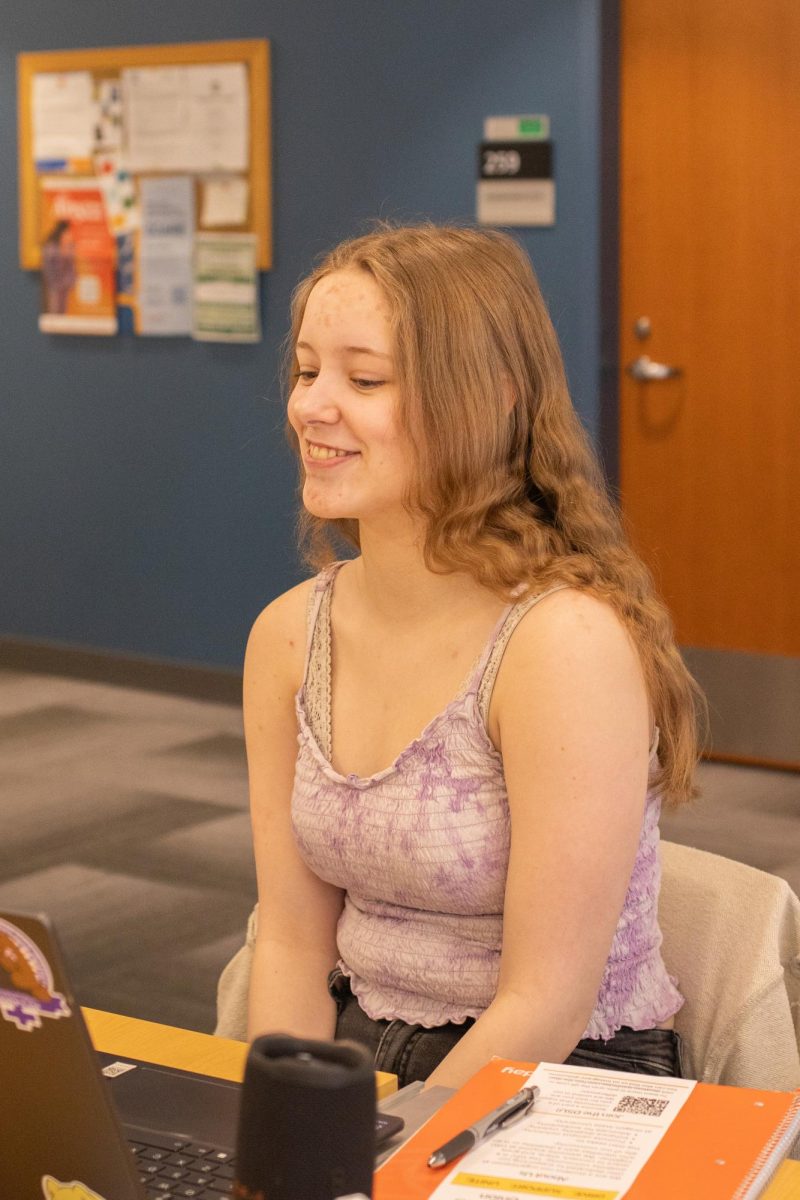
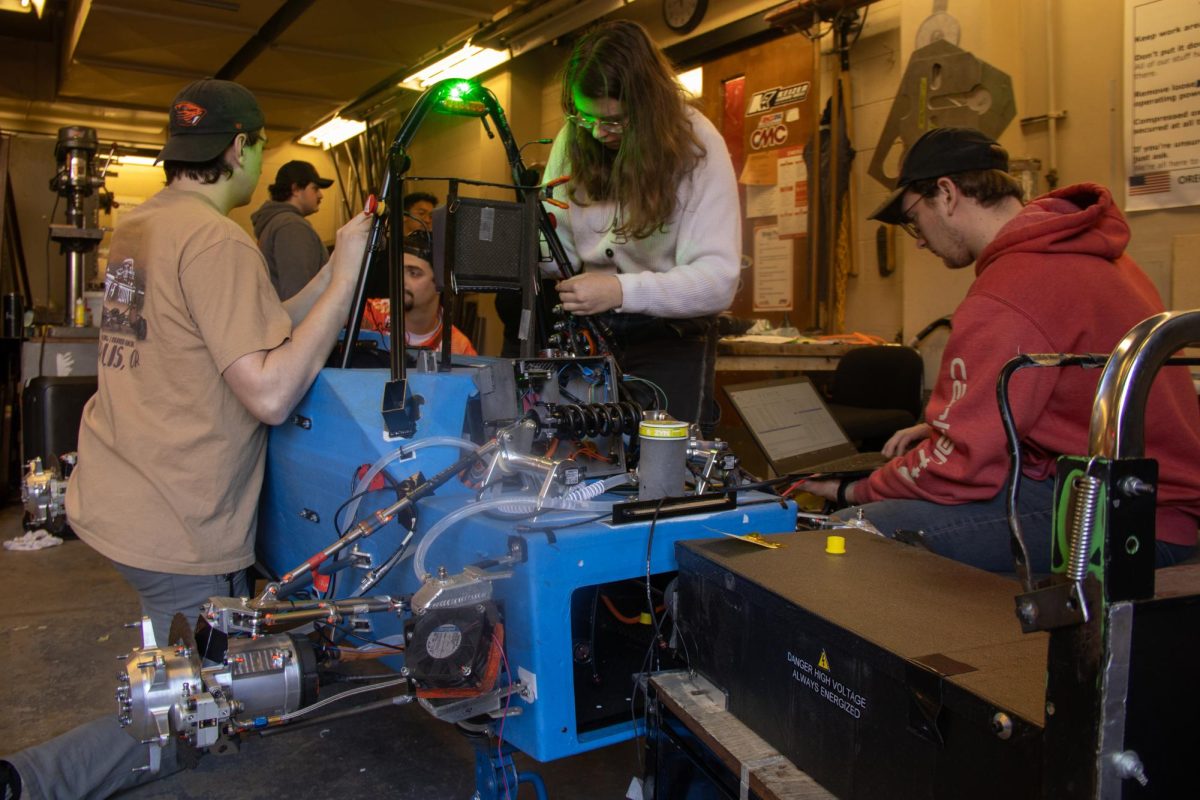
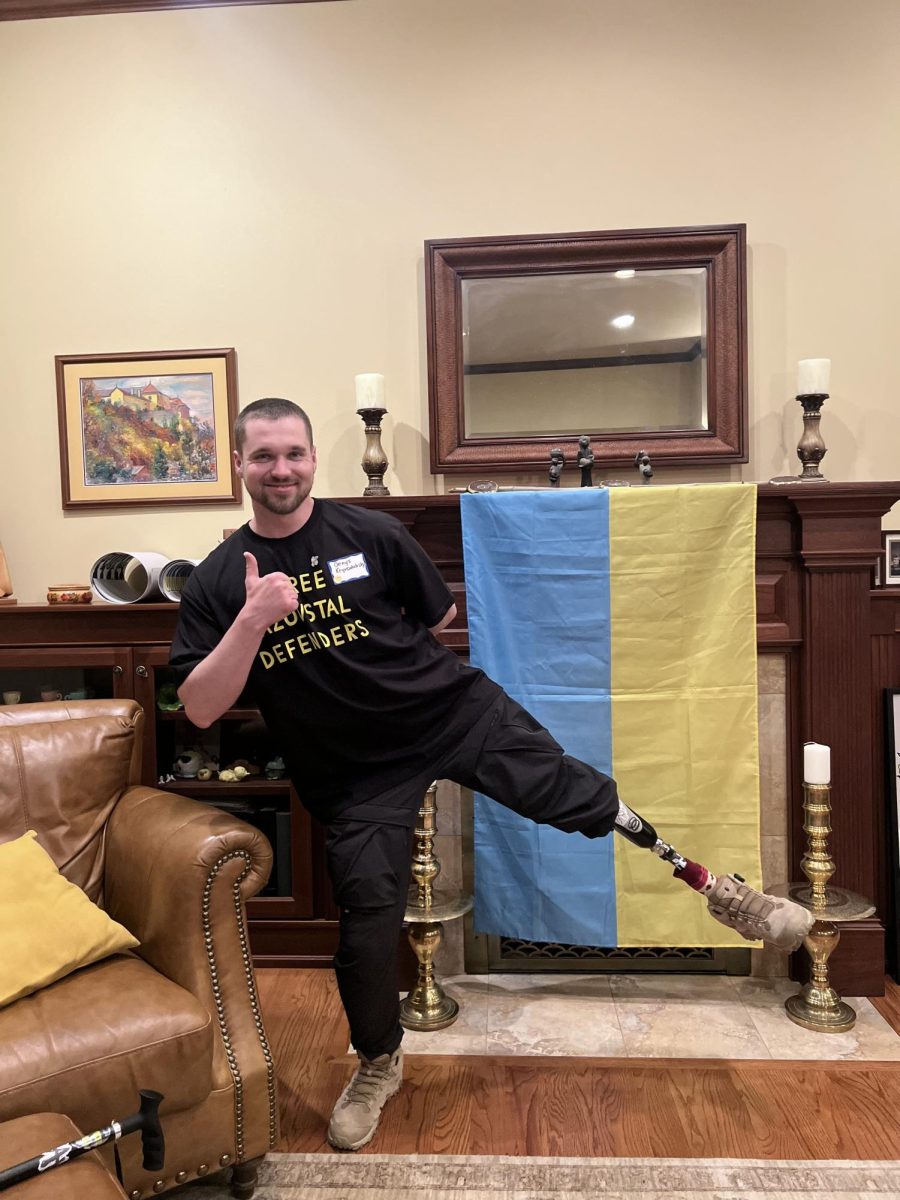
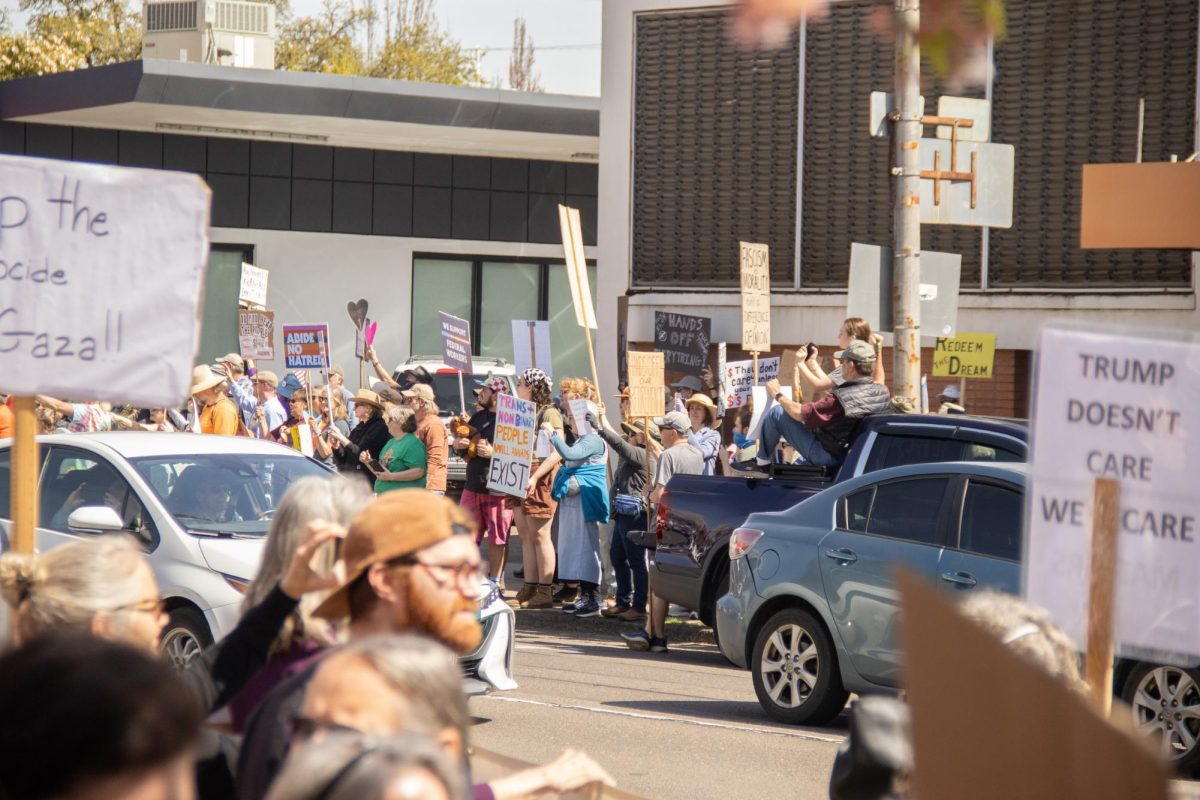




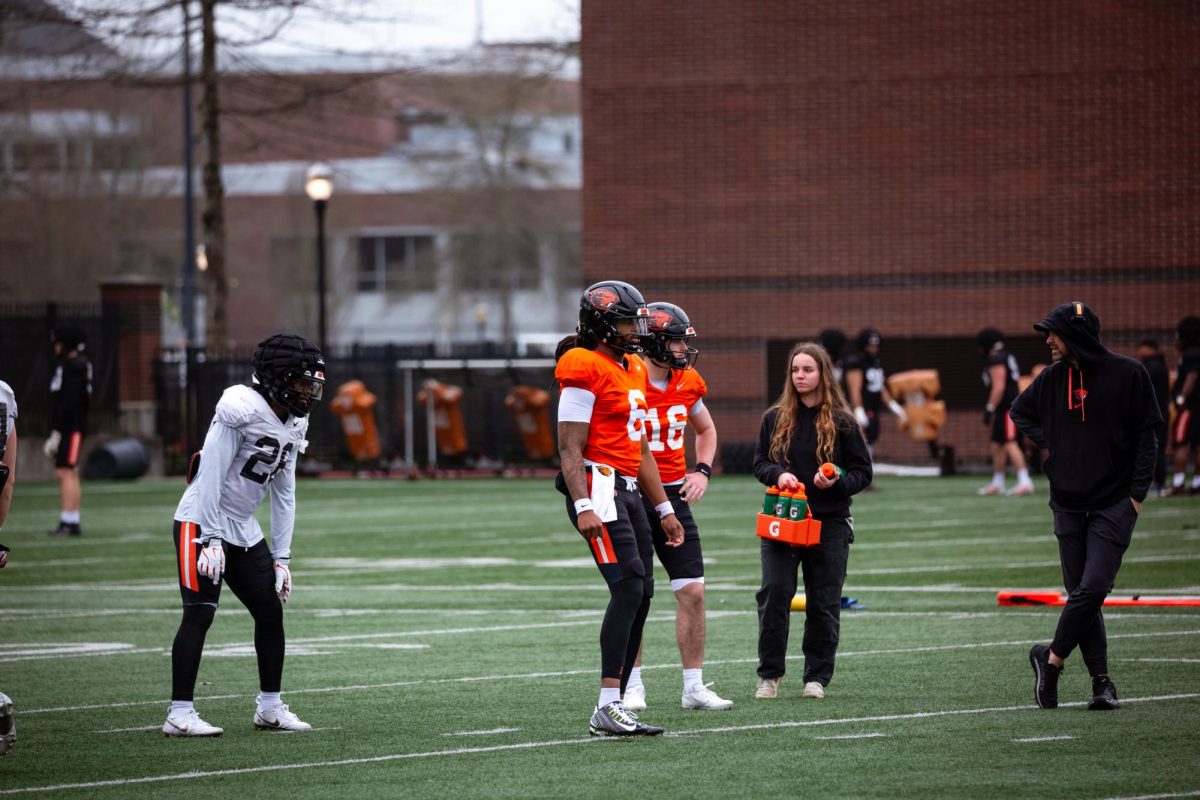
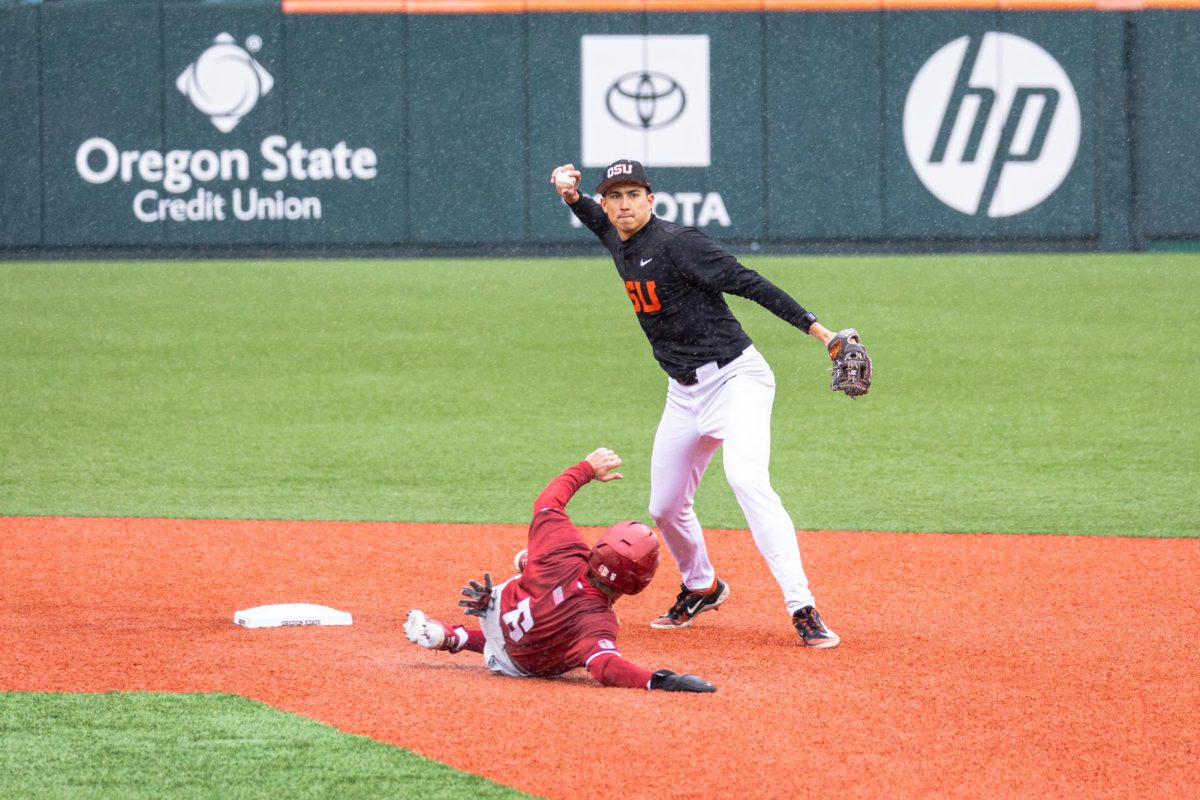




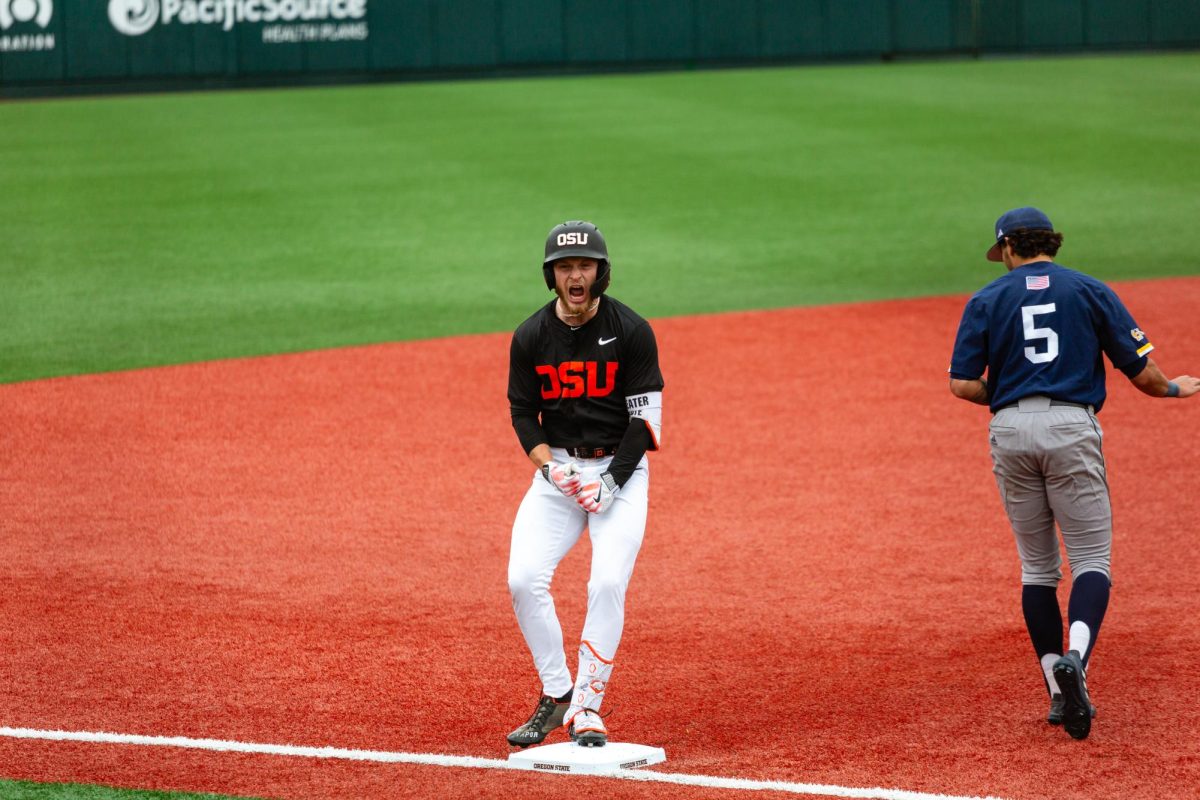
















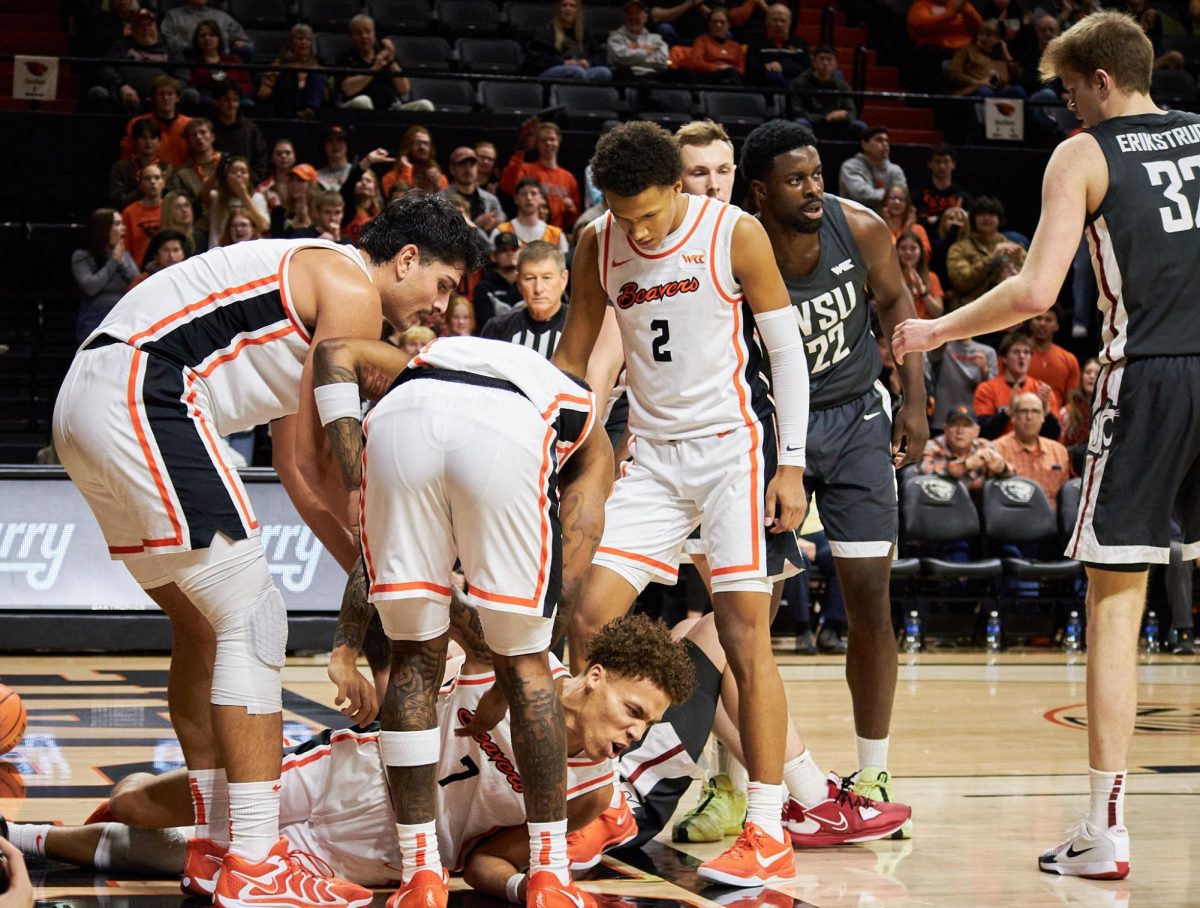


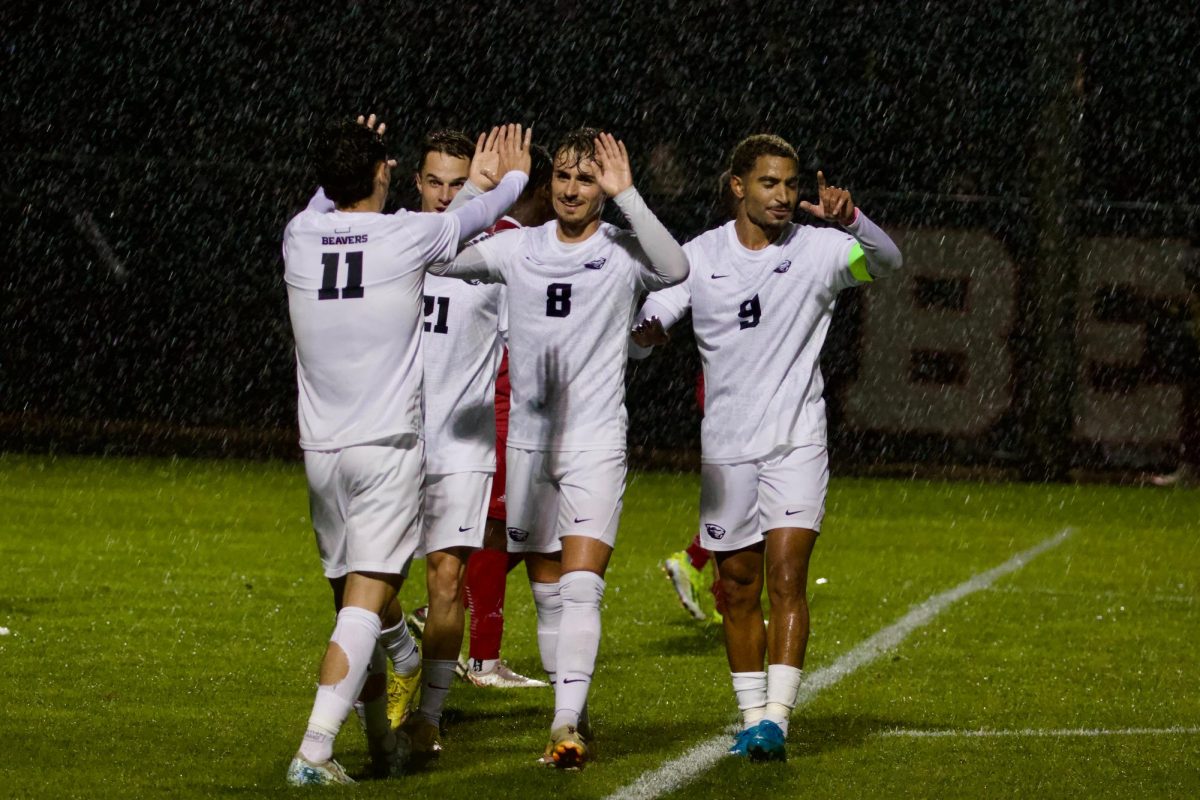
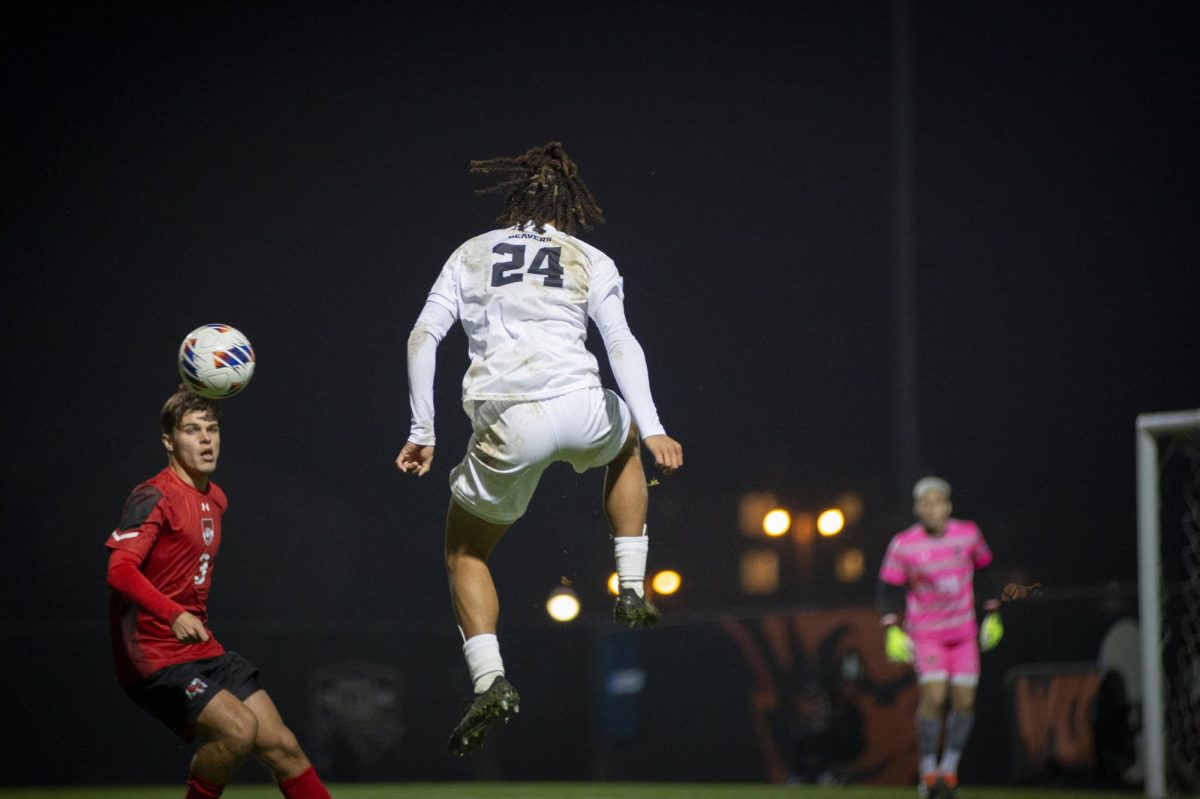
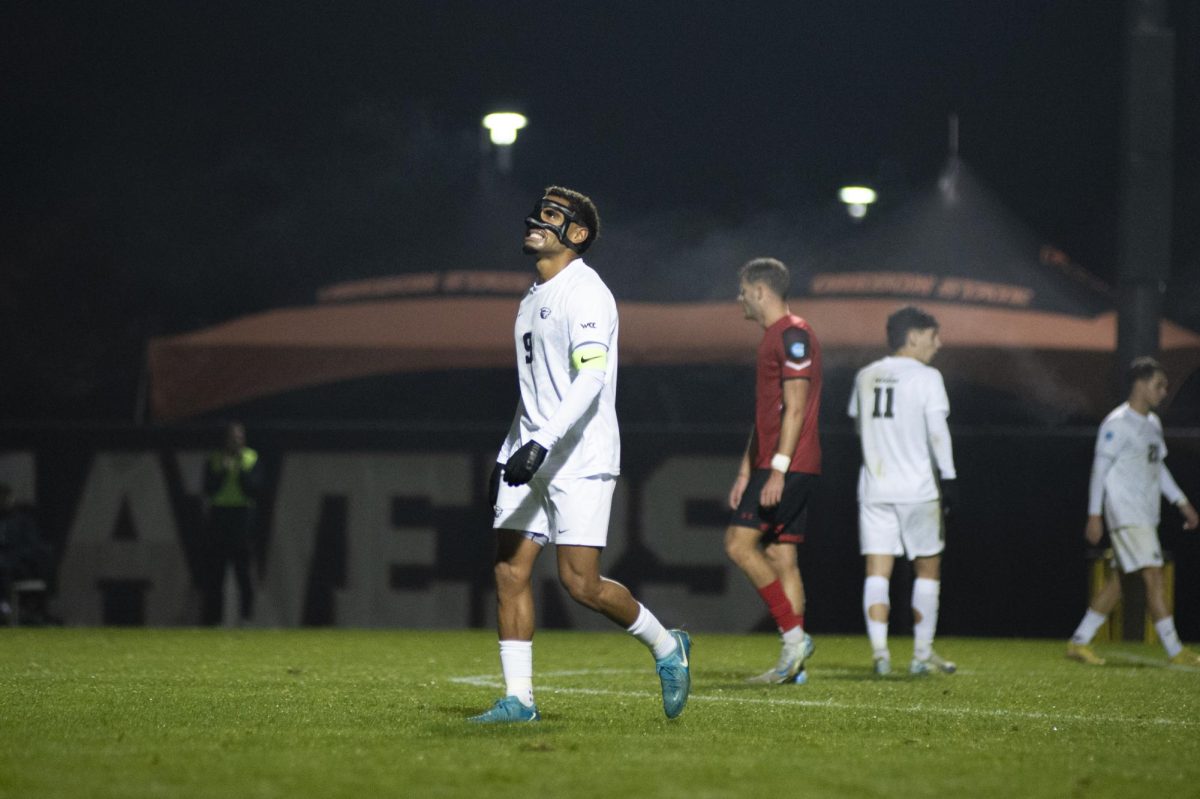
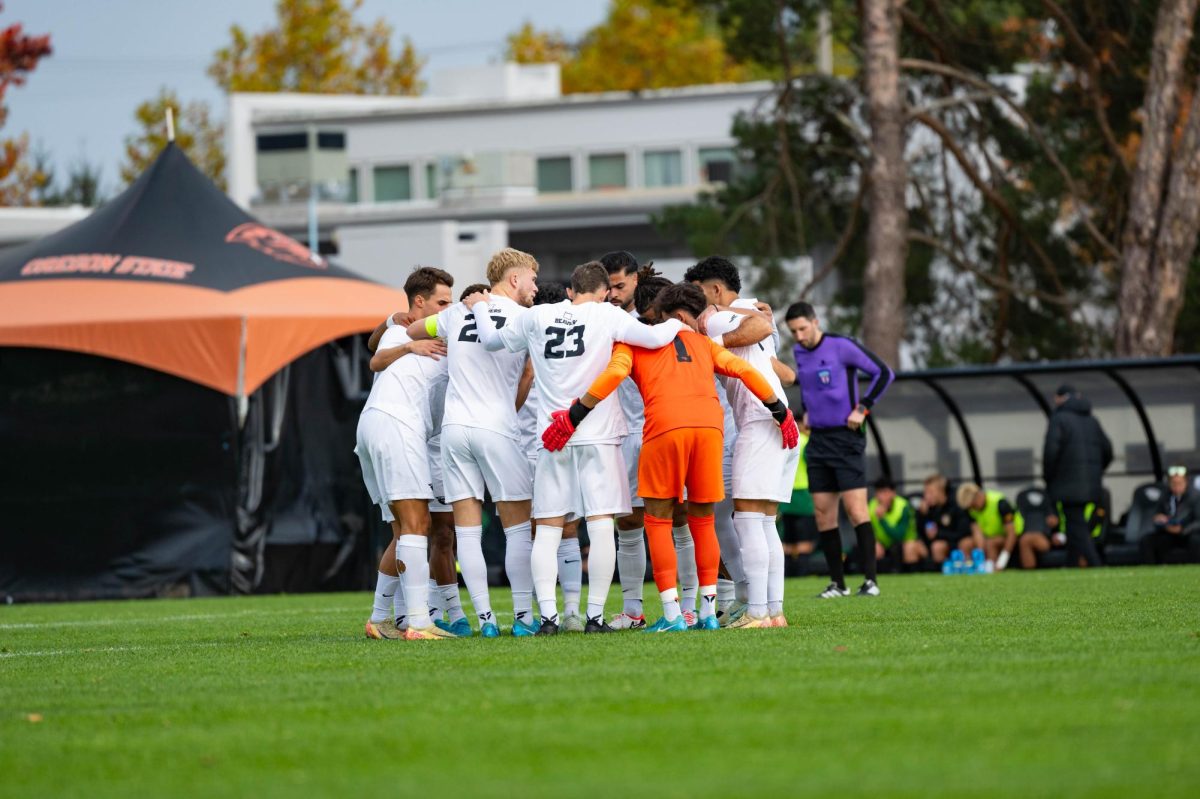

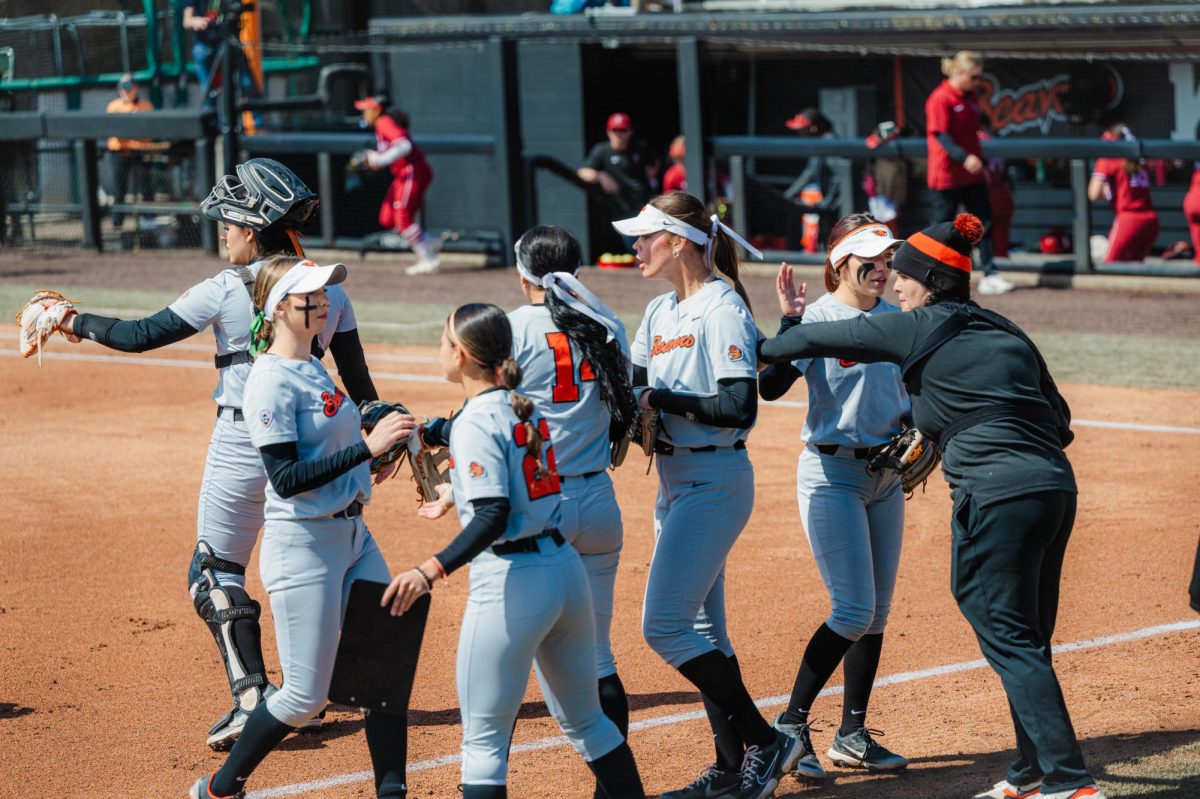
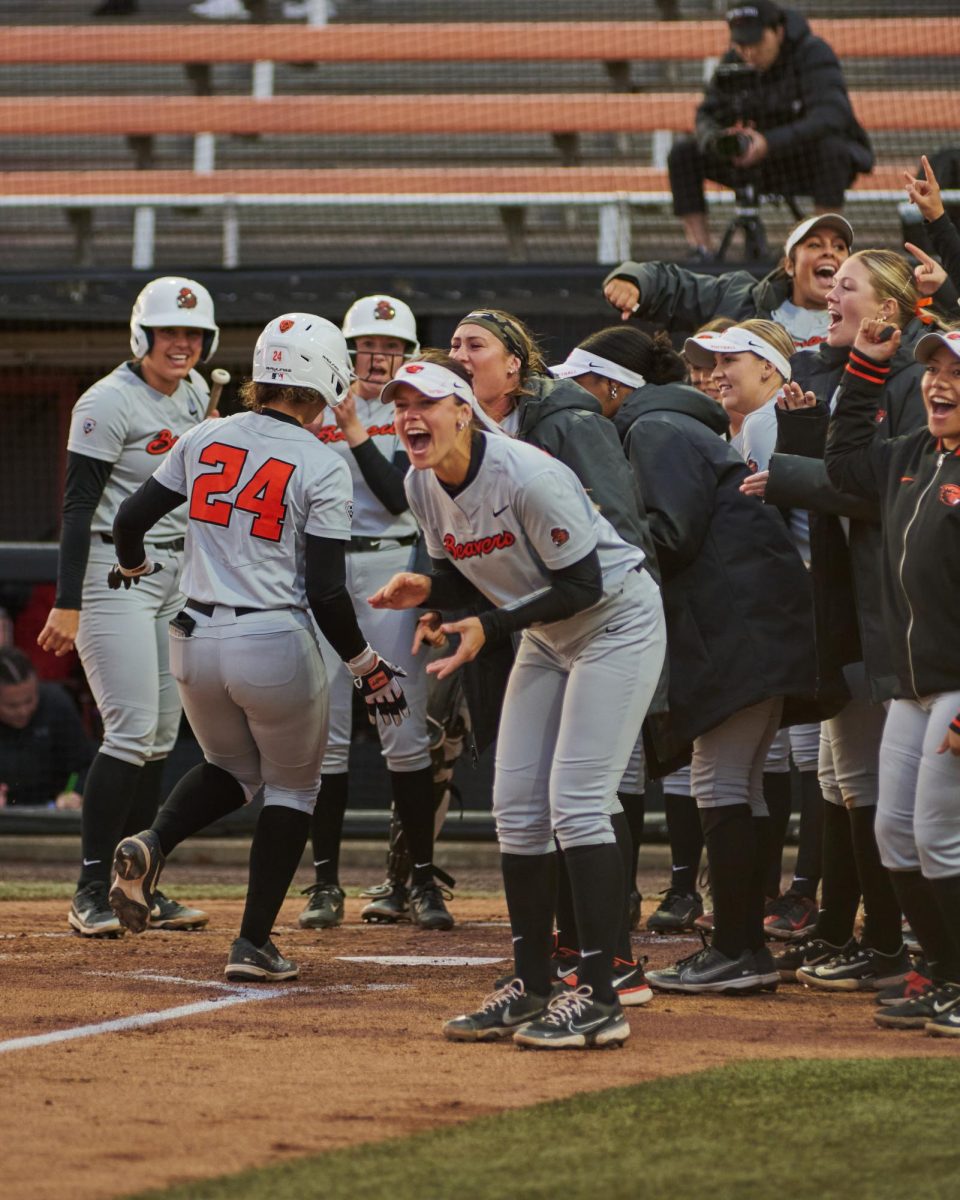
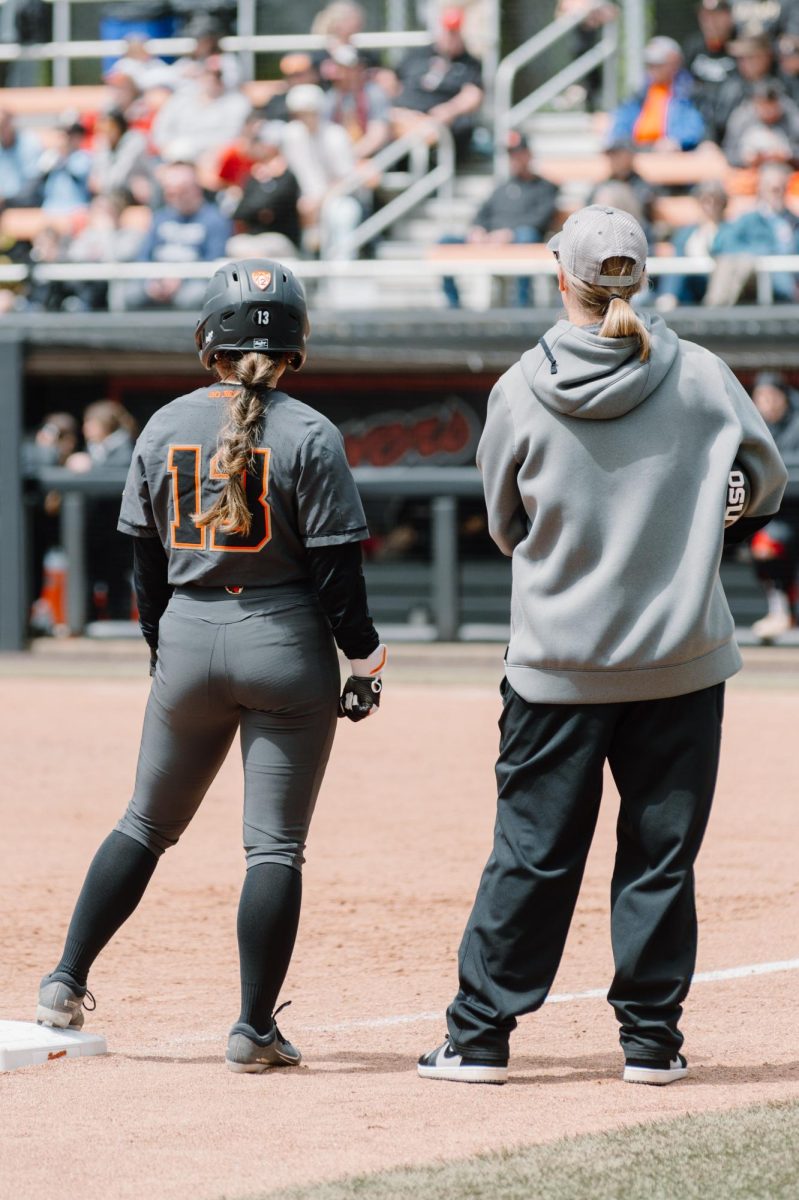
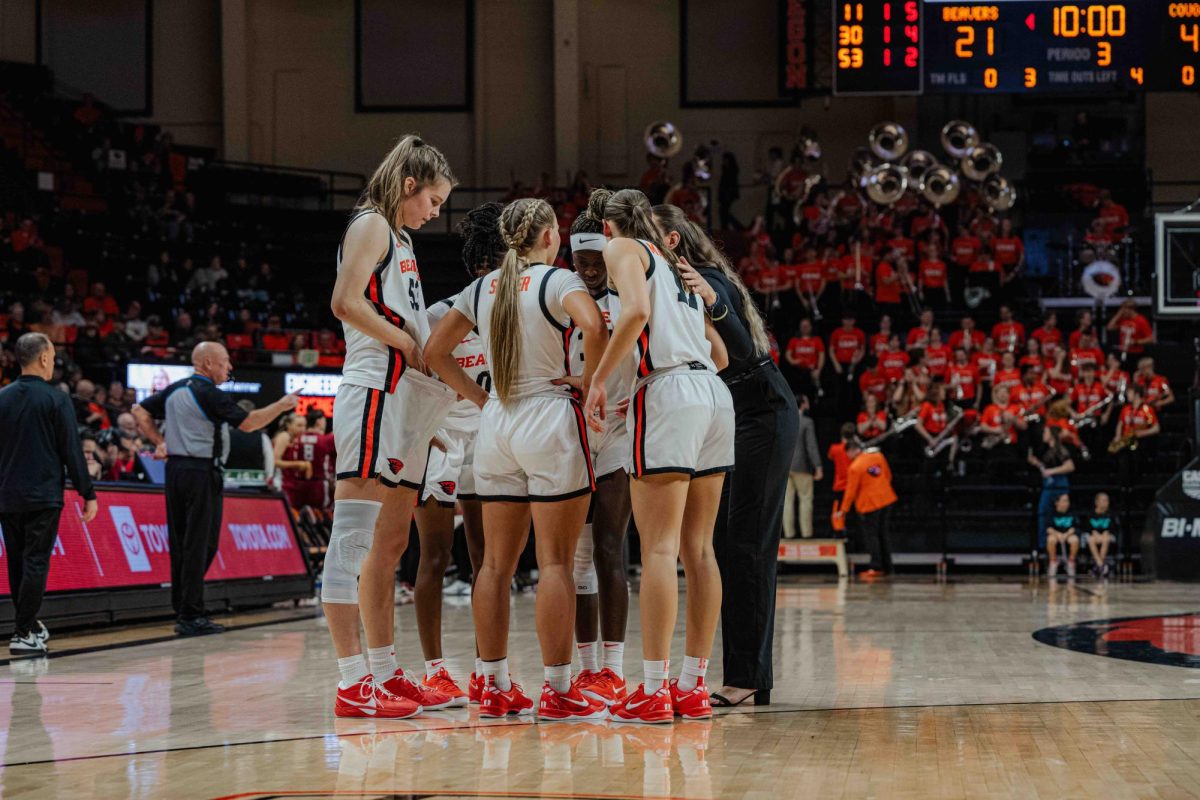


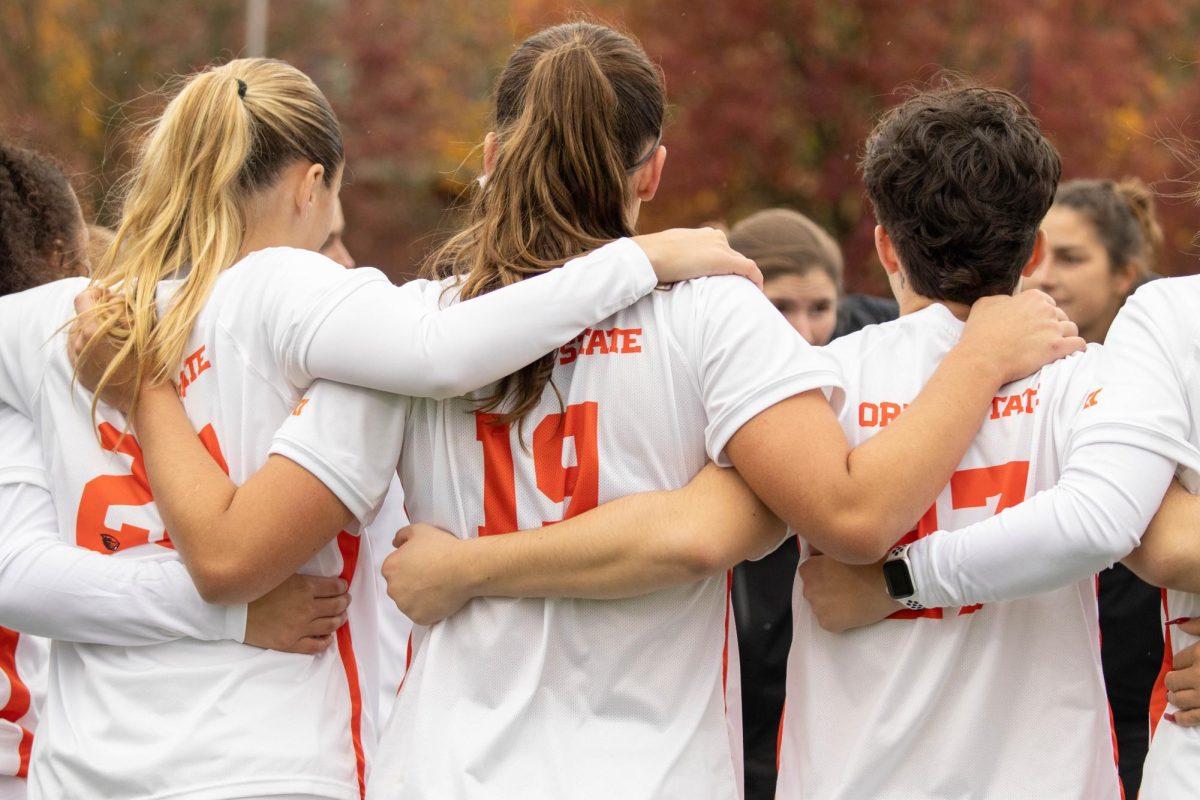
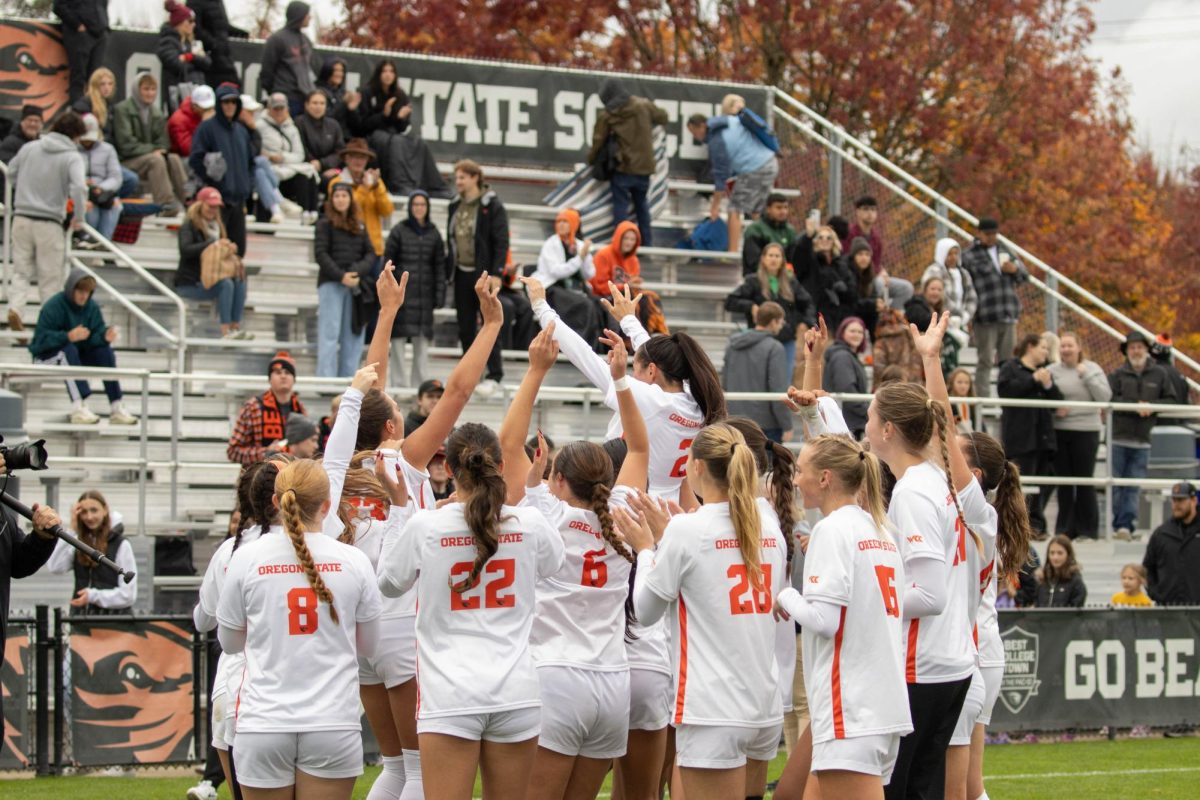
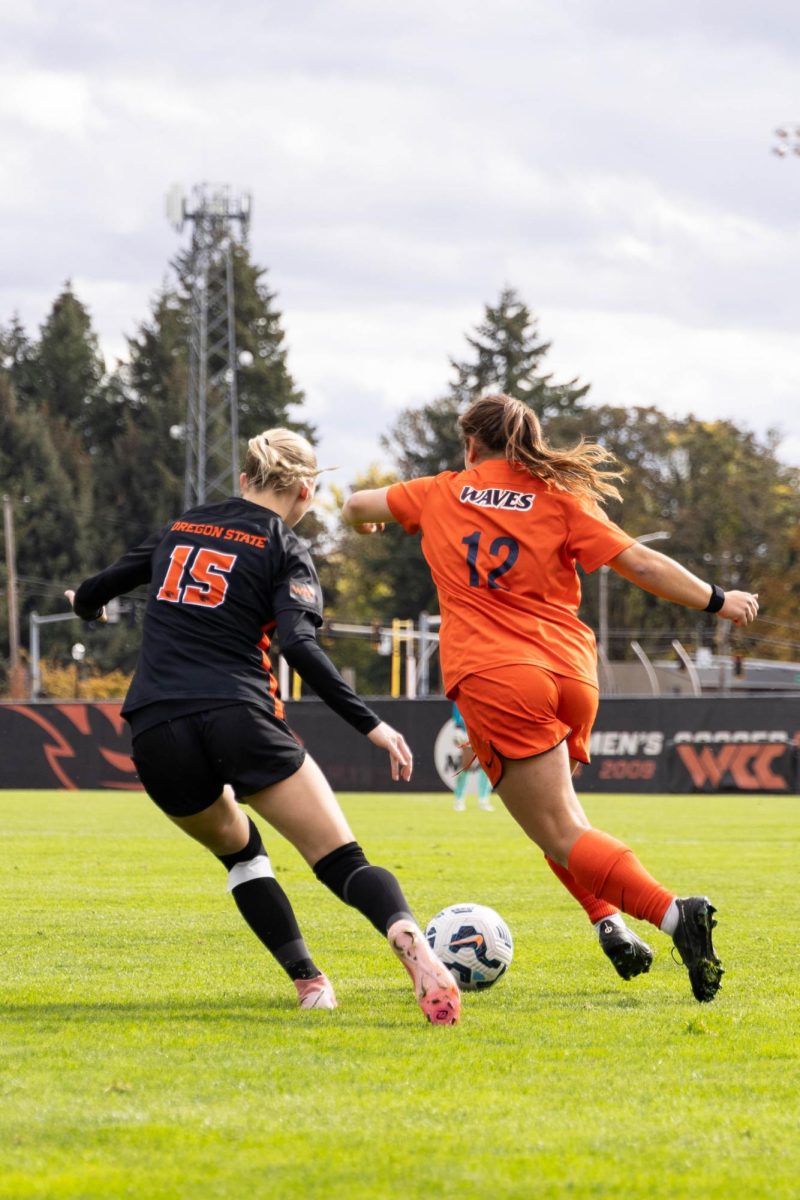

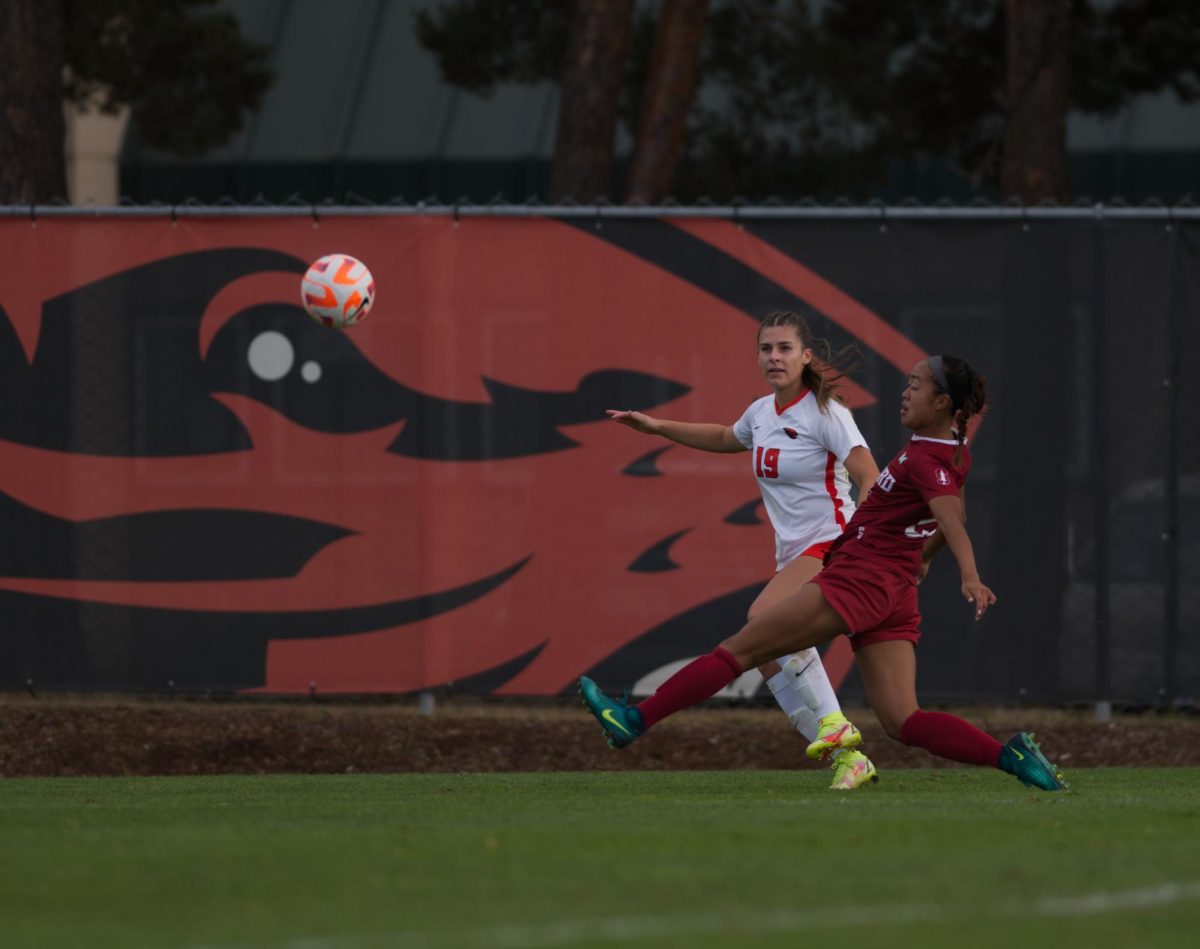





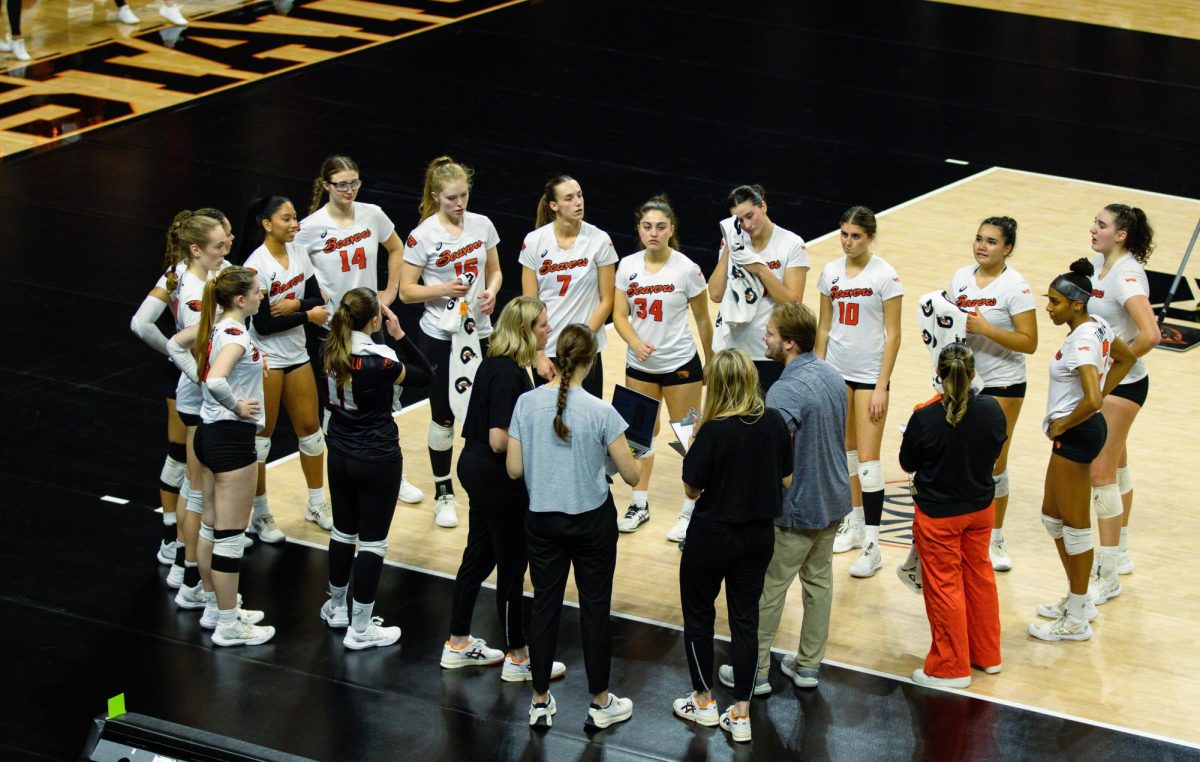
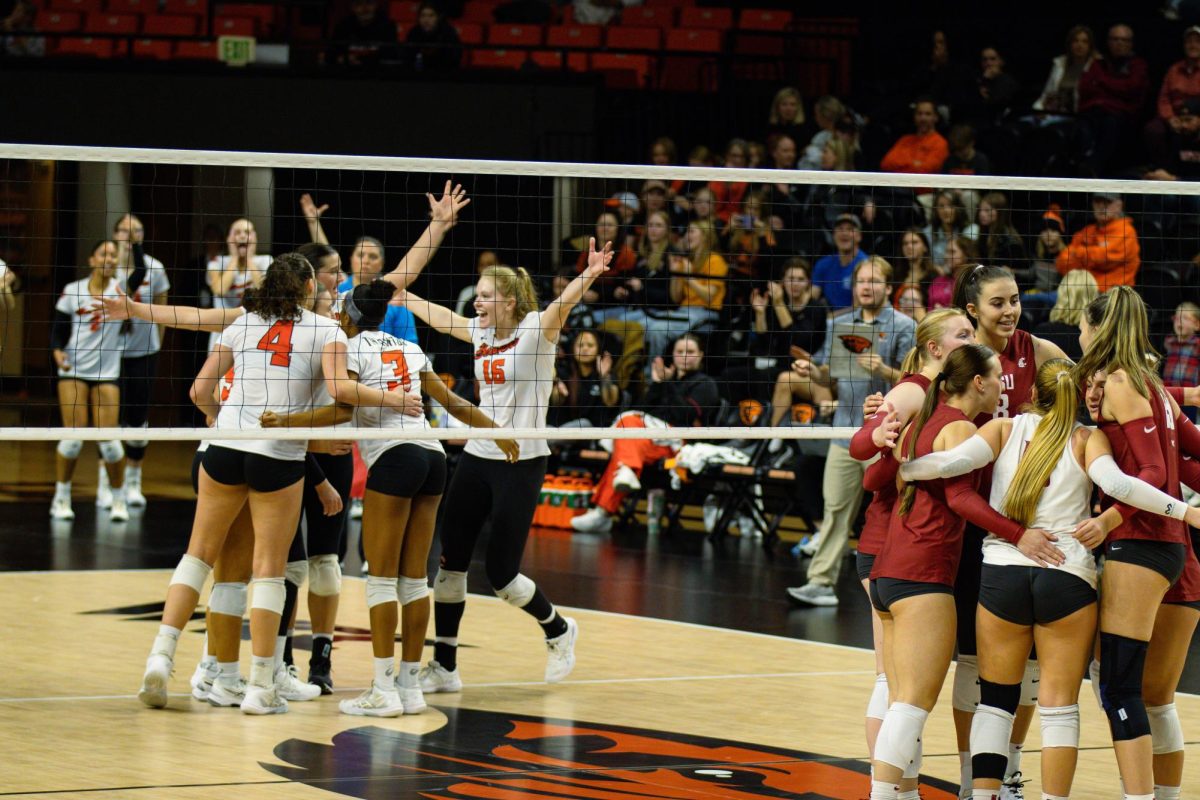
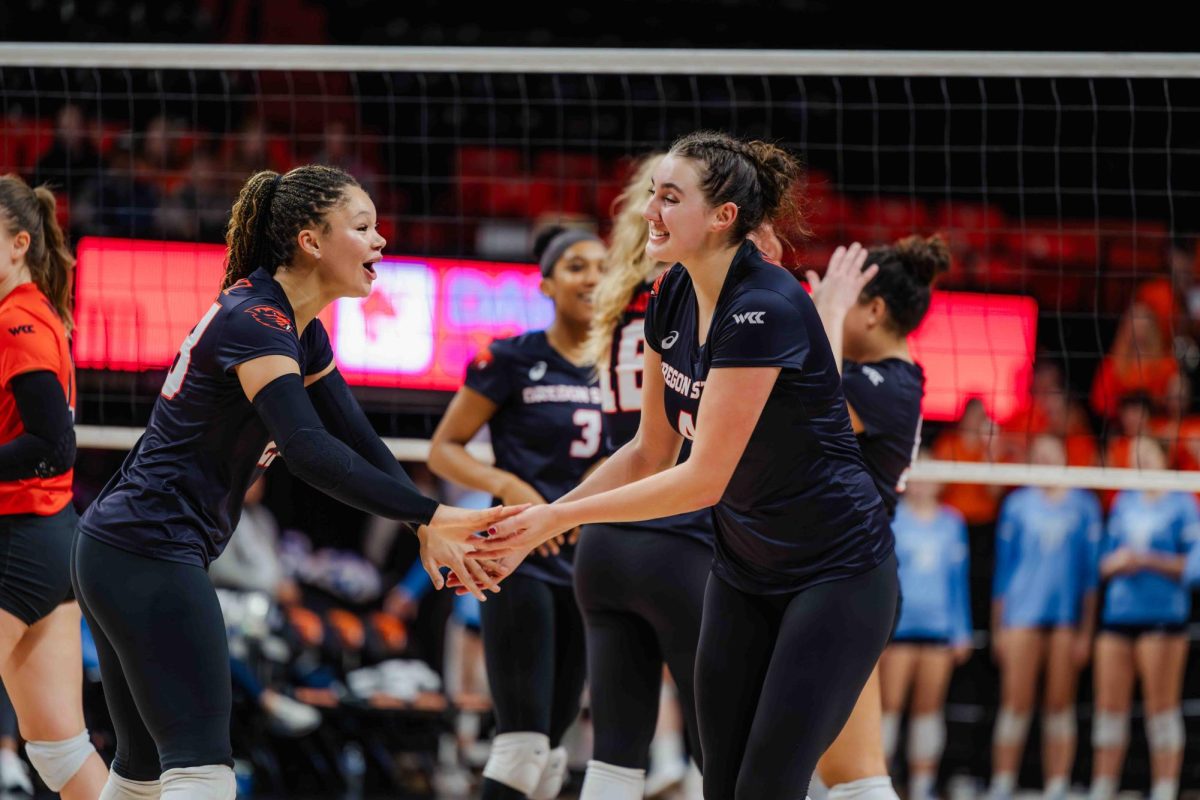
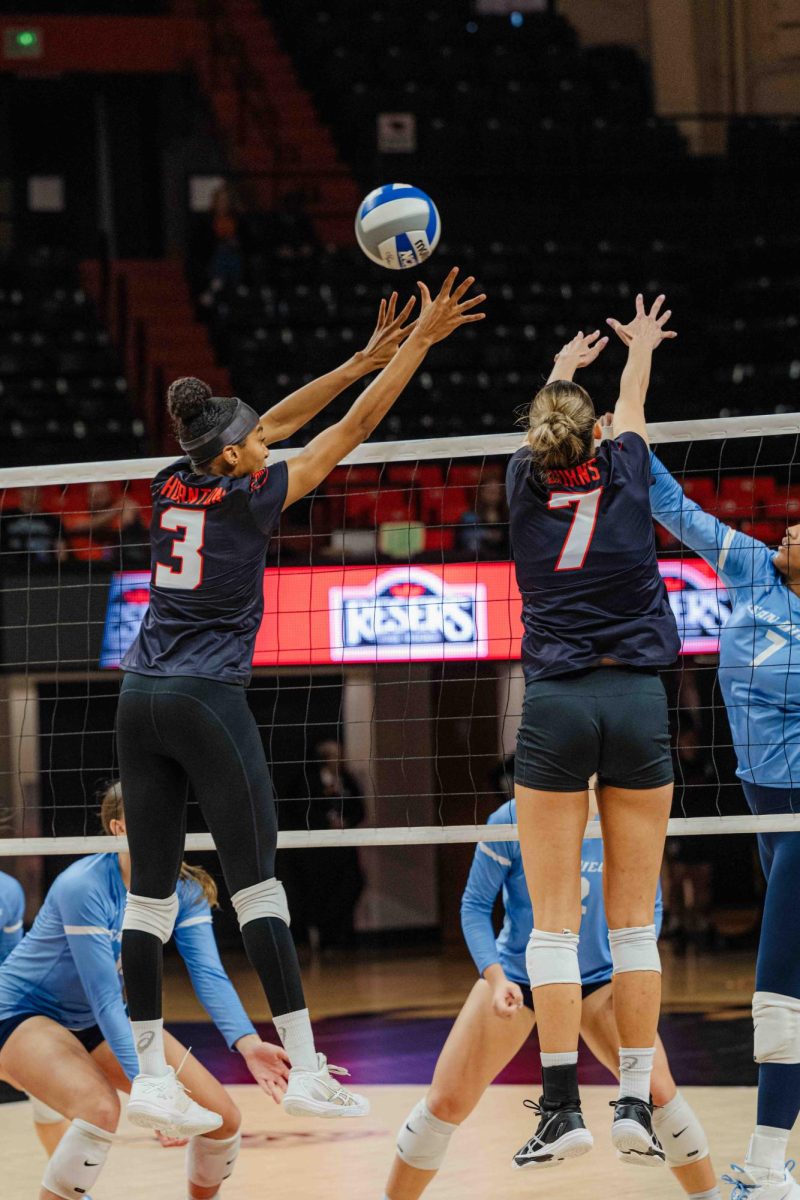
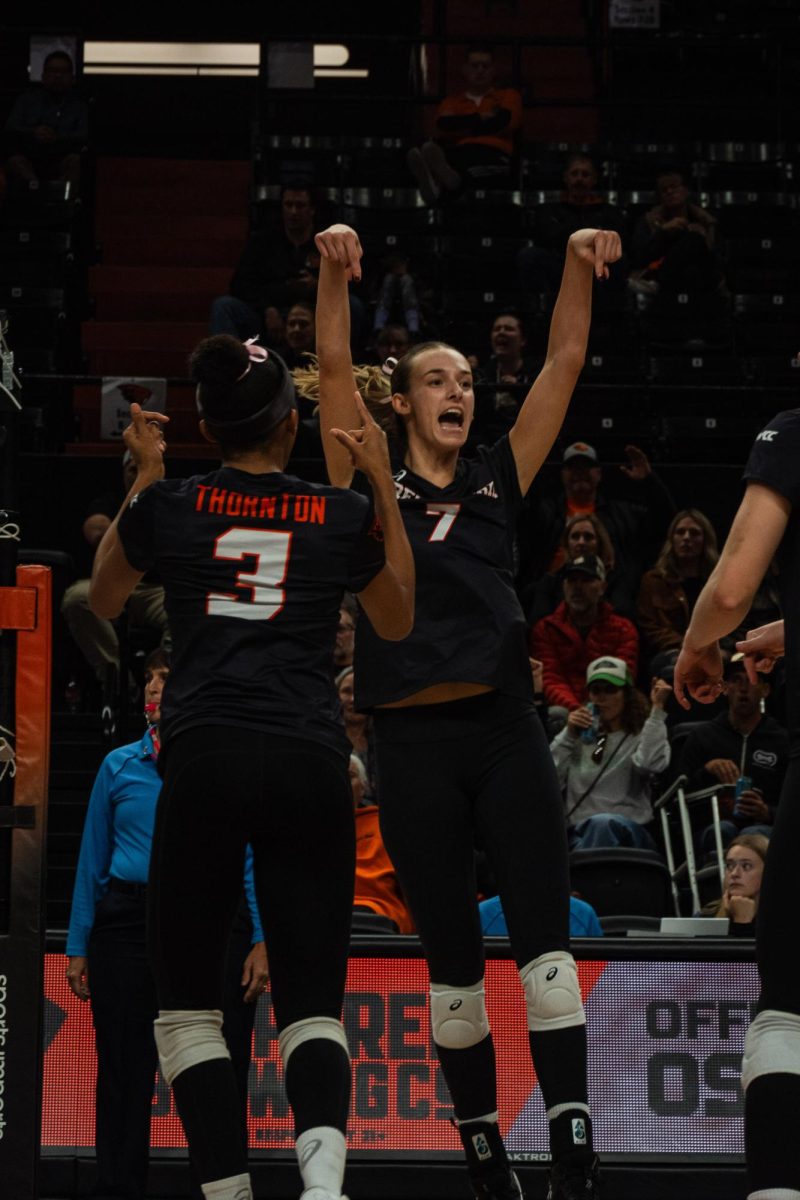
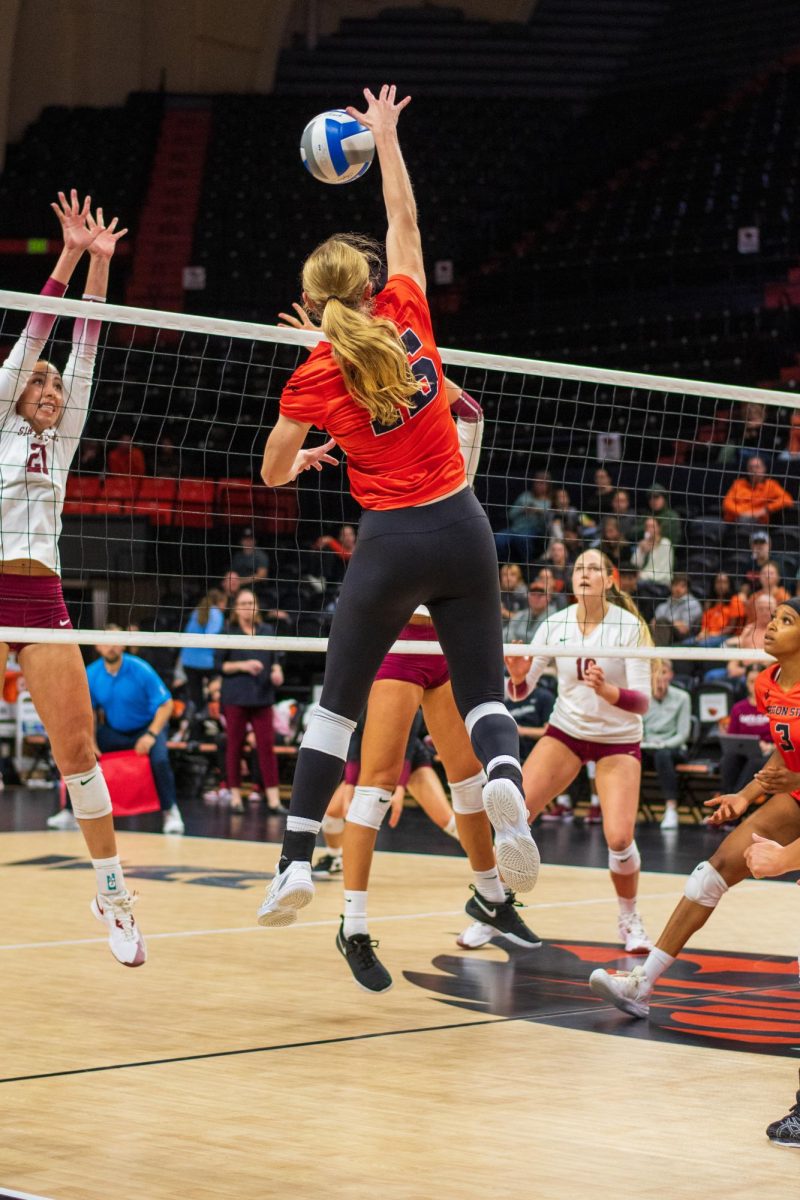

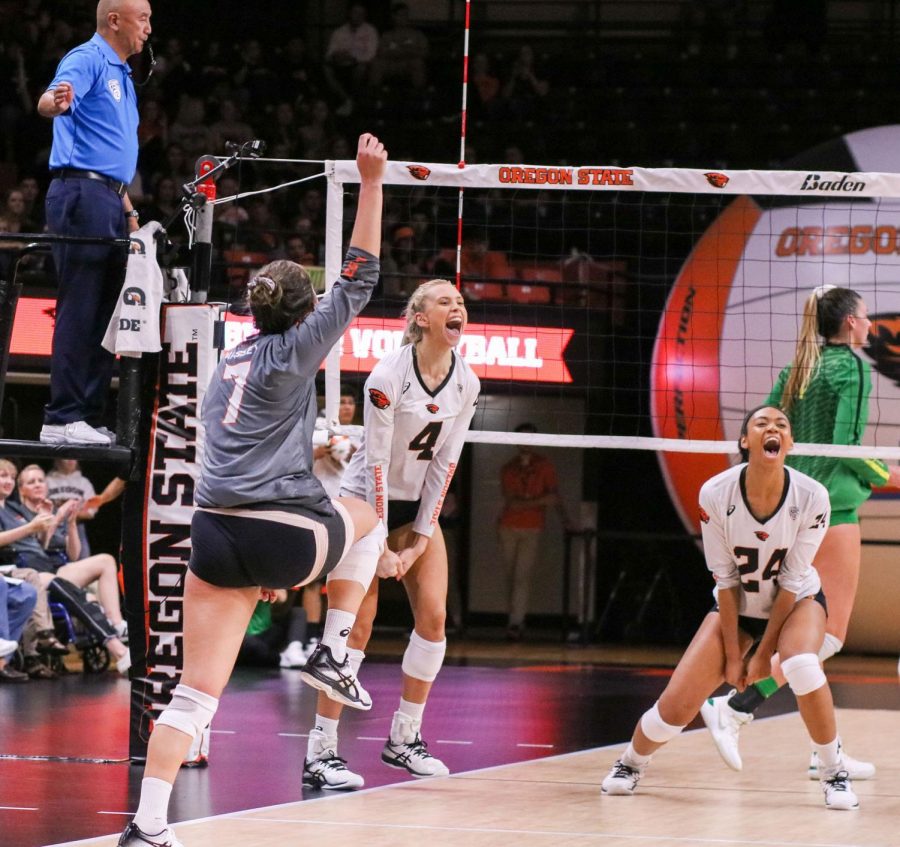

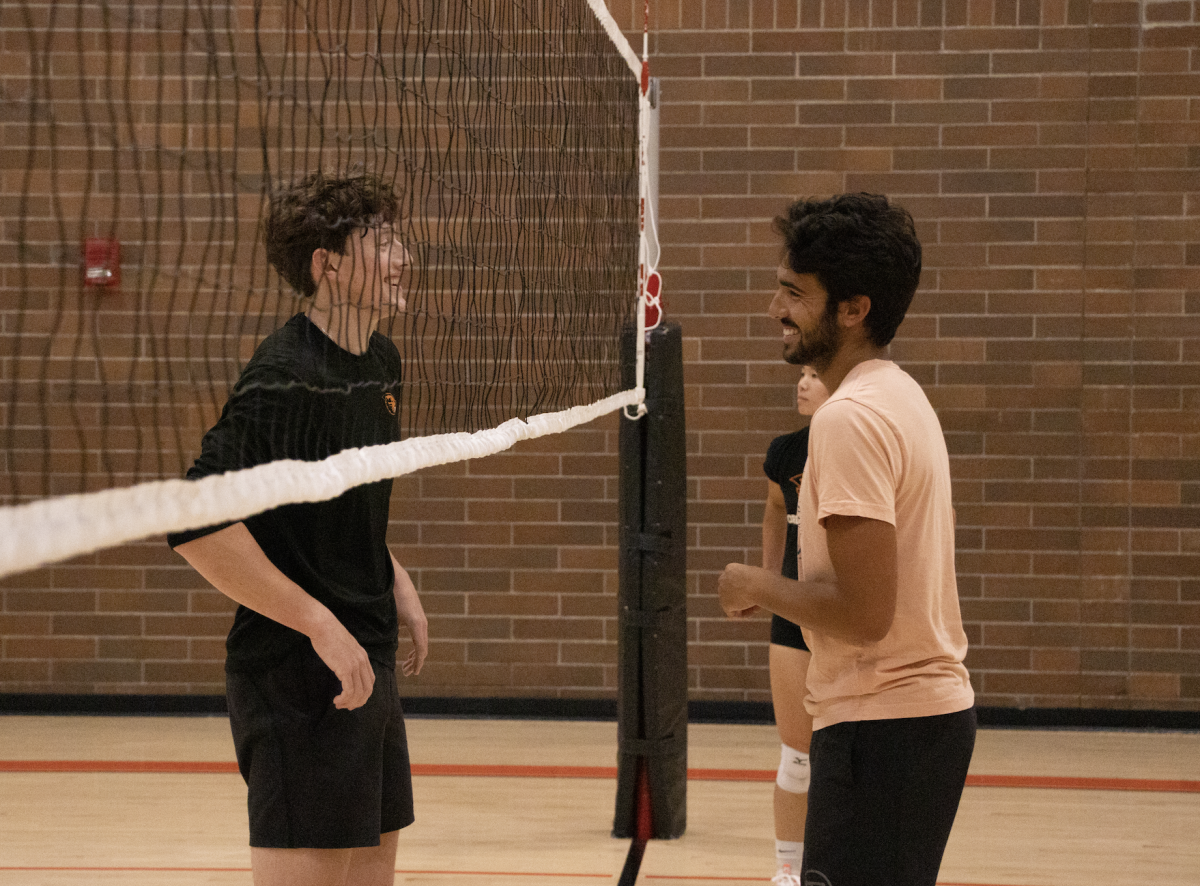


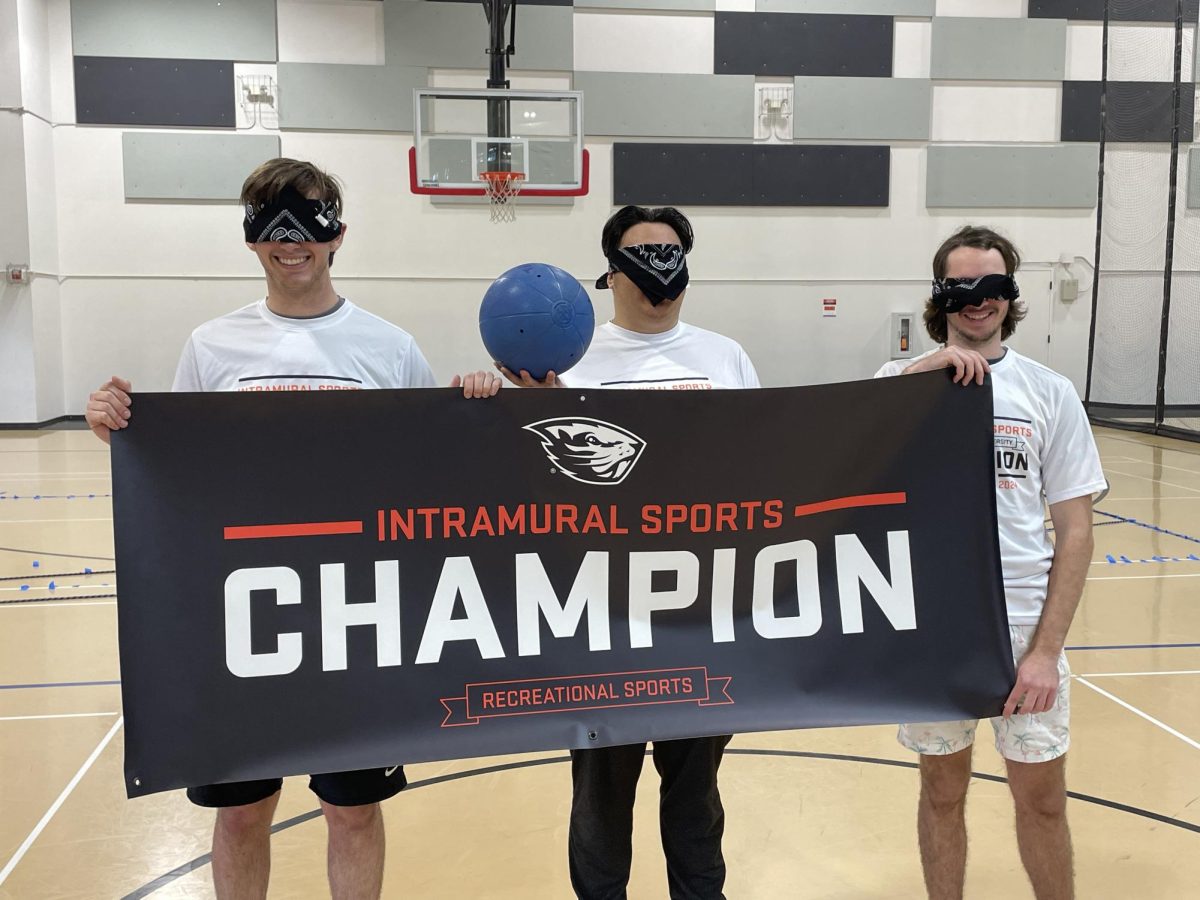



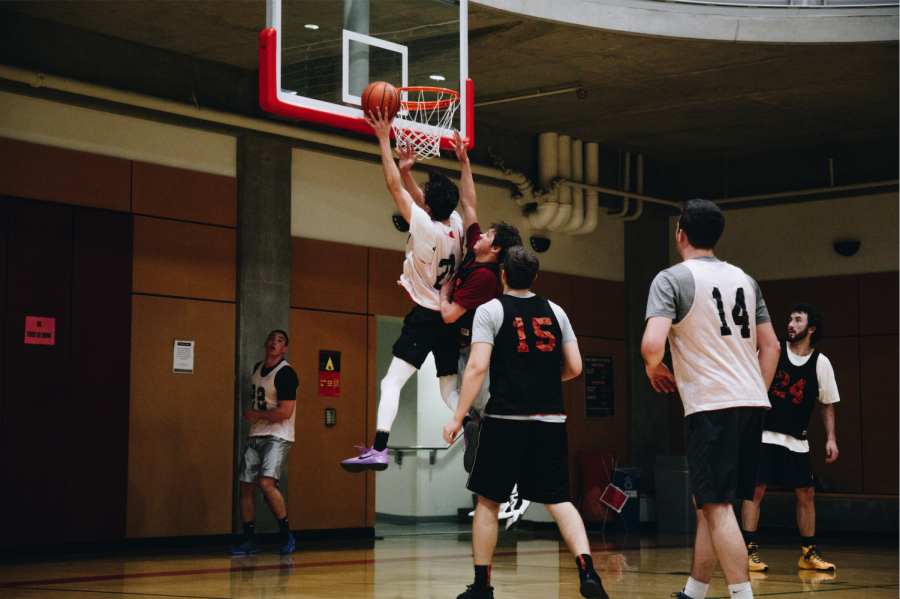

![Newspaper clipping from February 25, 1970 in the Daily Barometer showing an article written by Bob Allen, past Barometer Editor. This article was written to spotlight both the student body’s lack of participation with student government at the time in conjunction with their class representatives response. [It’s important to note ASOSU was not structured identically to today’s standards, likely having a president on behalf of each class work together as one entity as opposed to one president representing all classes.]](https://dailybaro.orangemedianetwork.com/wp-content/uploads/2025/03/Screenshot-2025-03-12-1.00.42-PM-e1741811160853.png)

